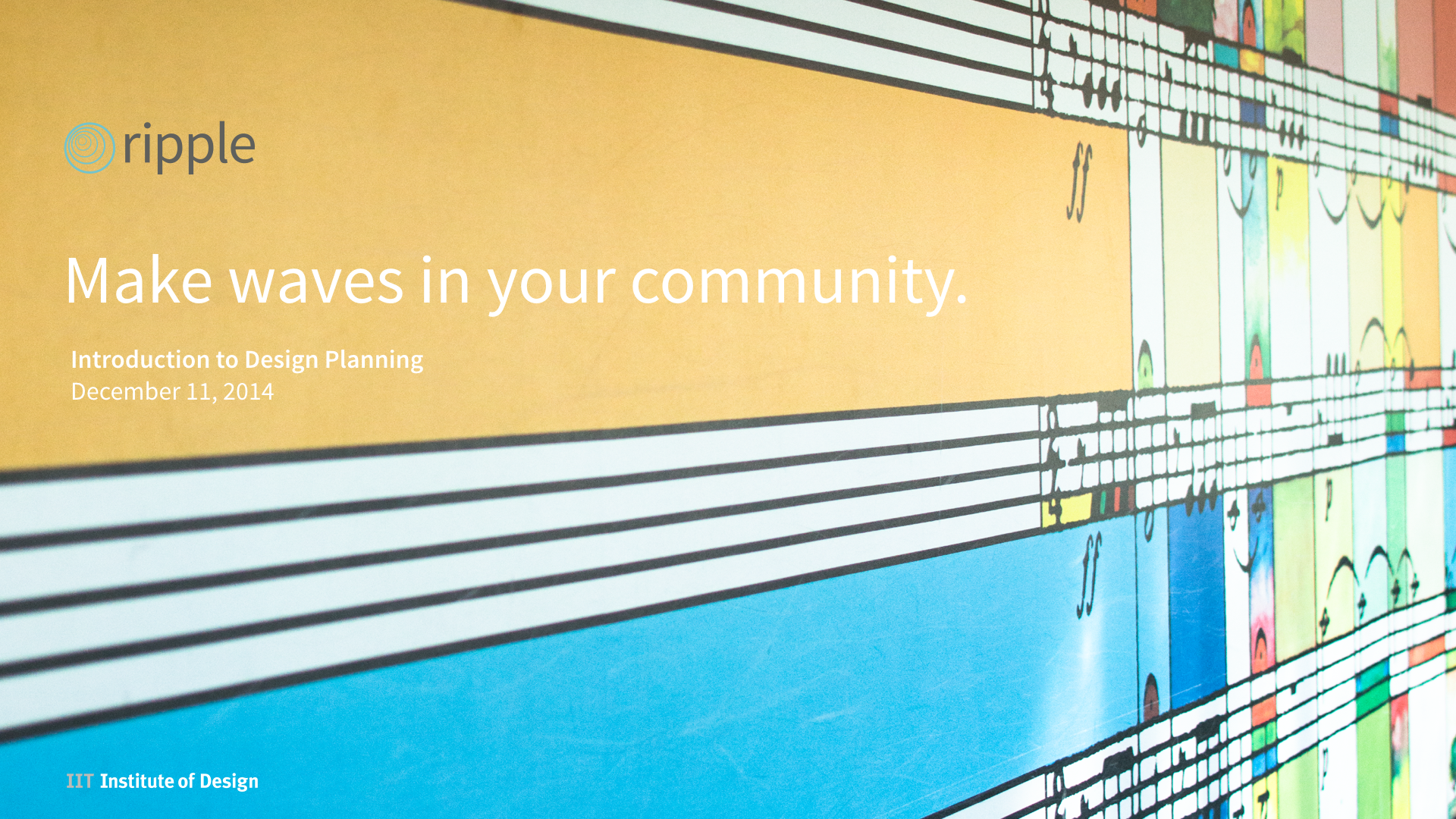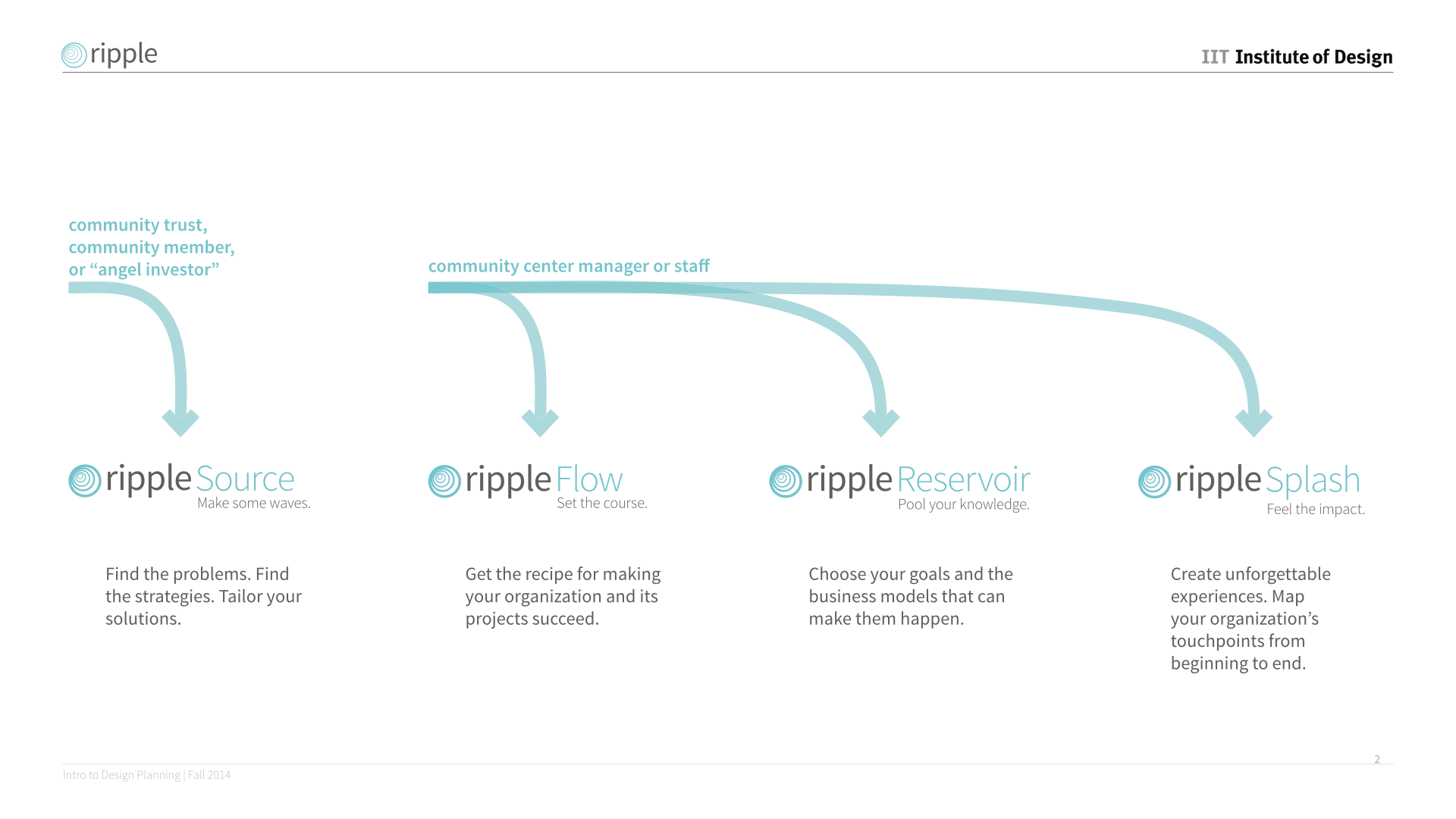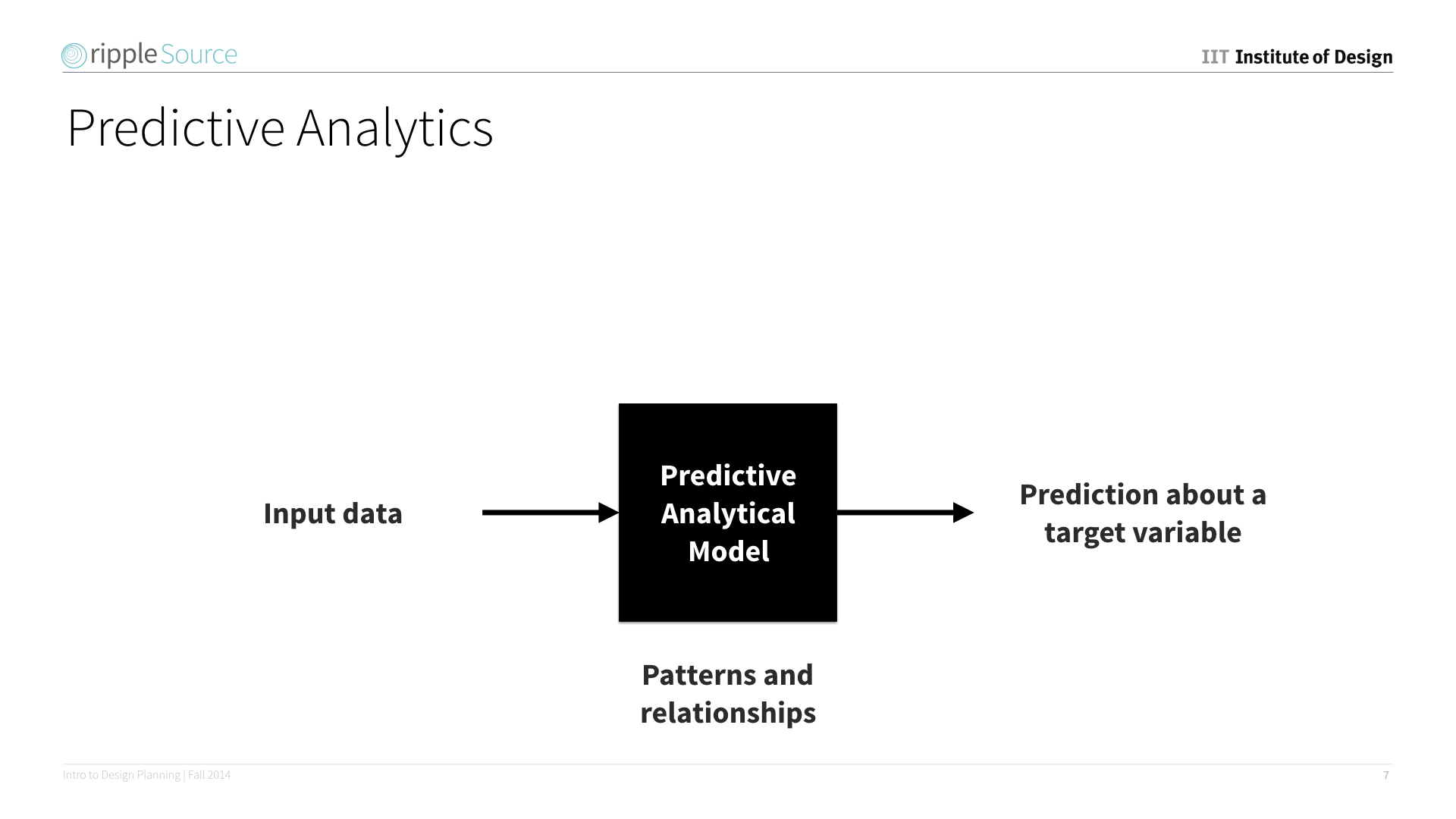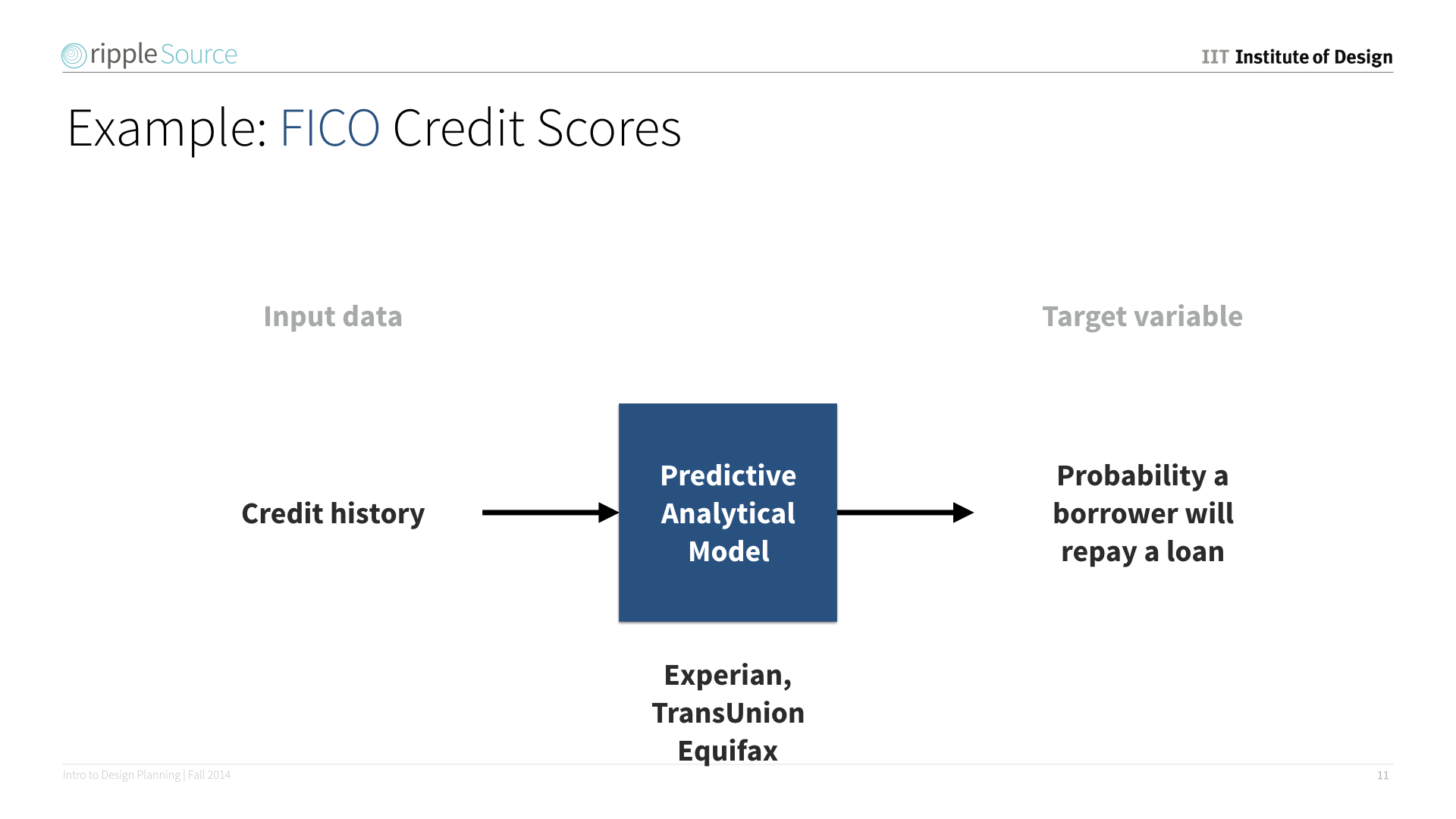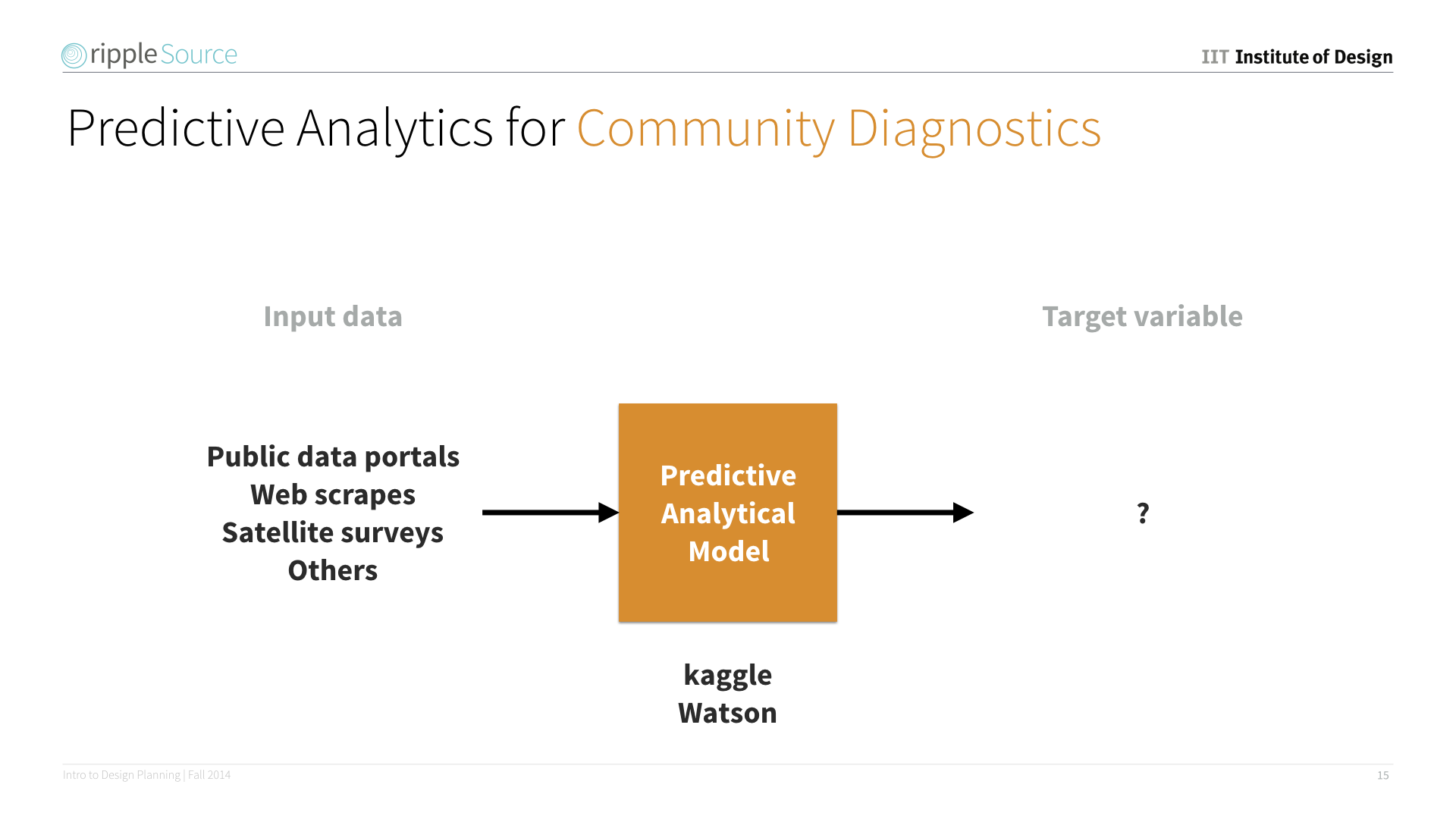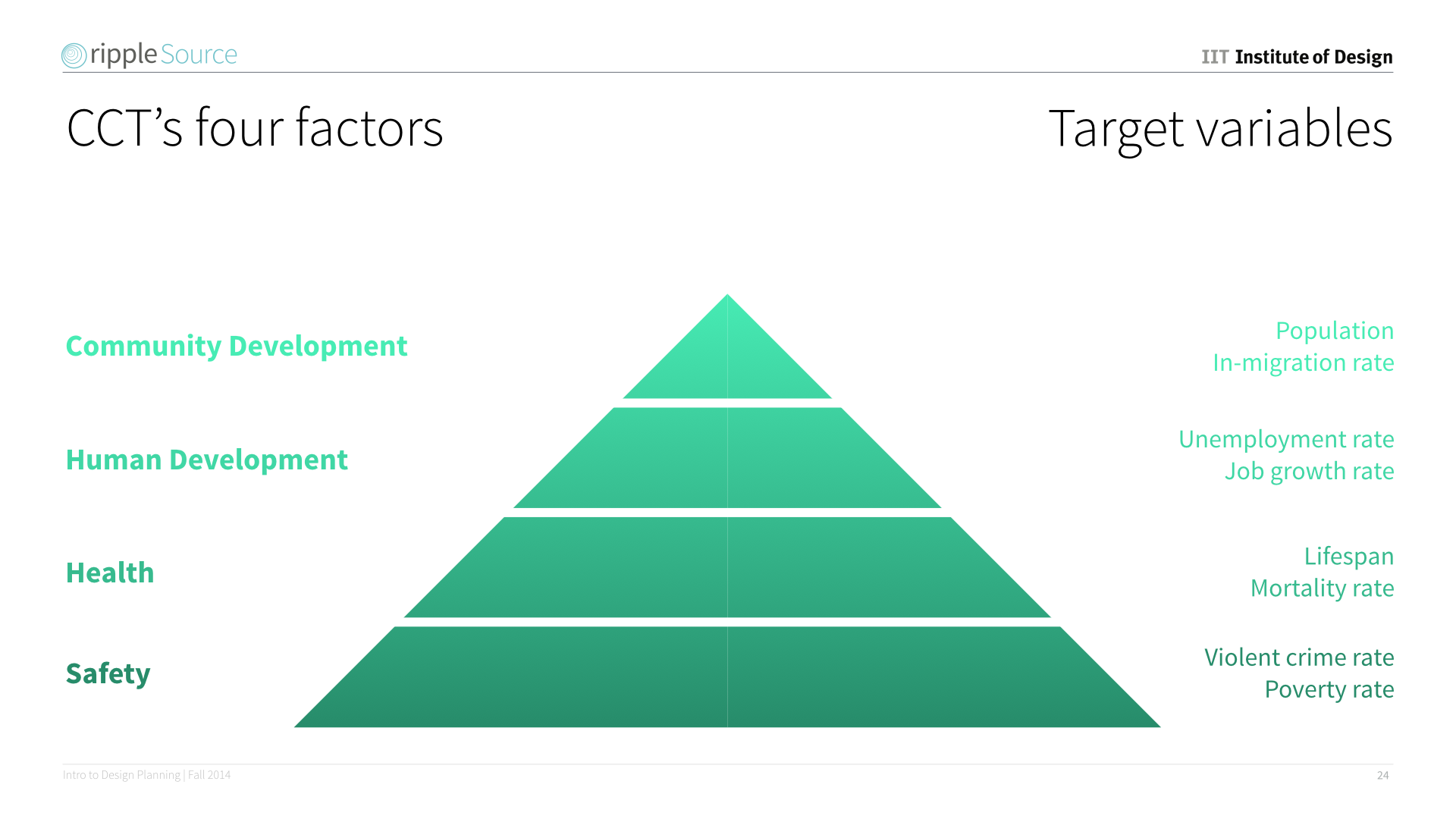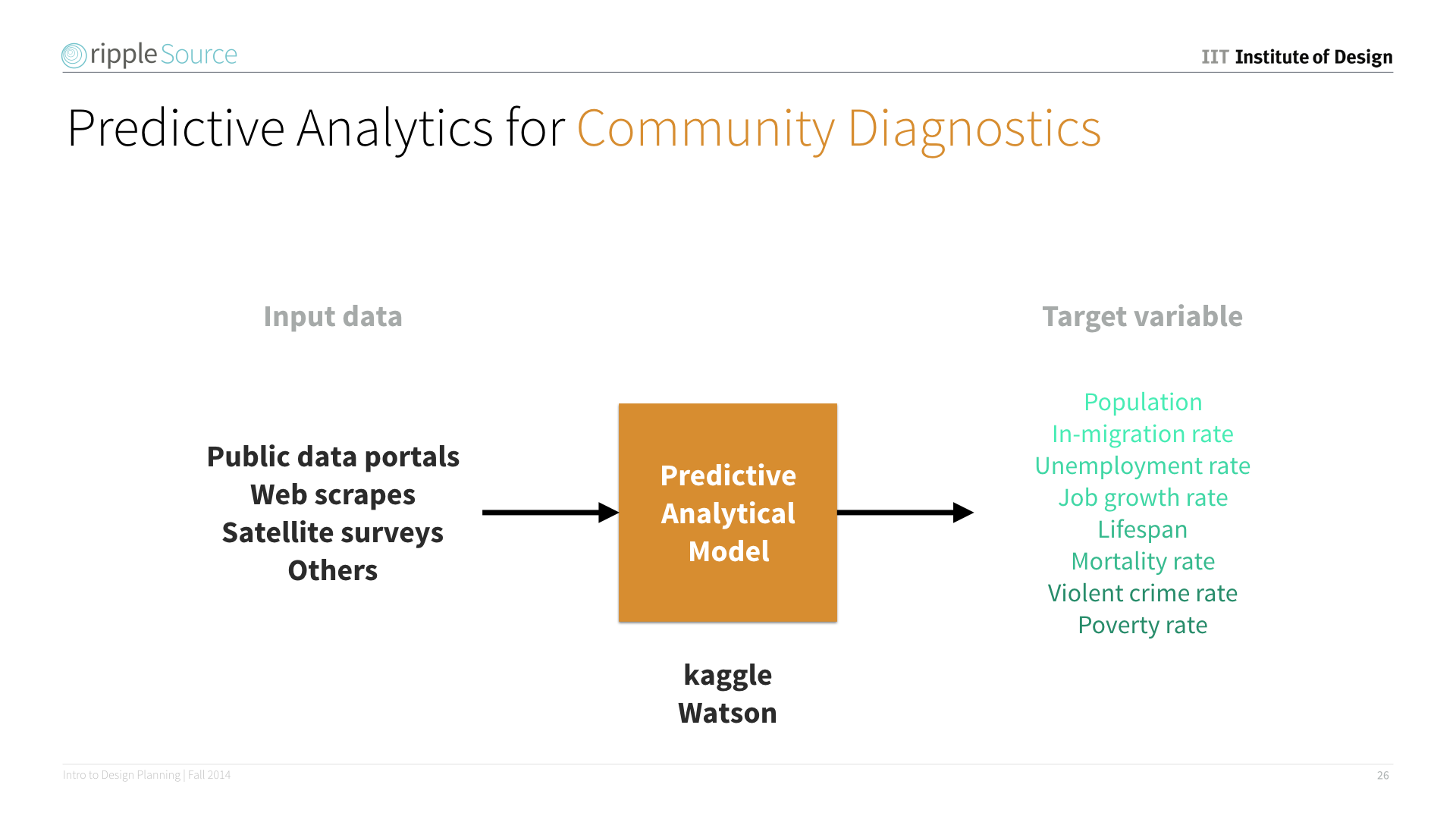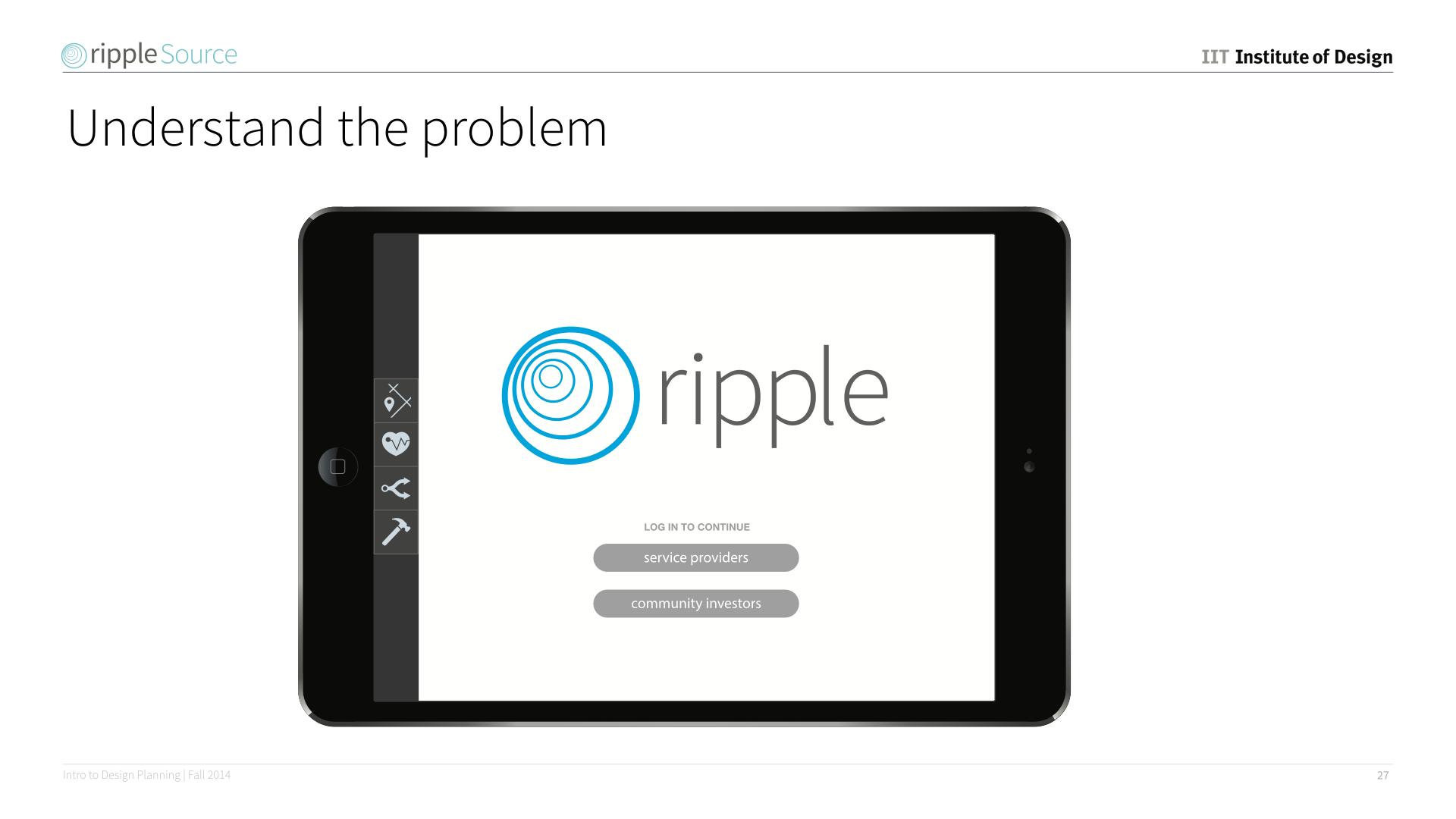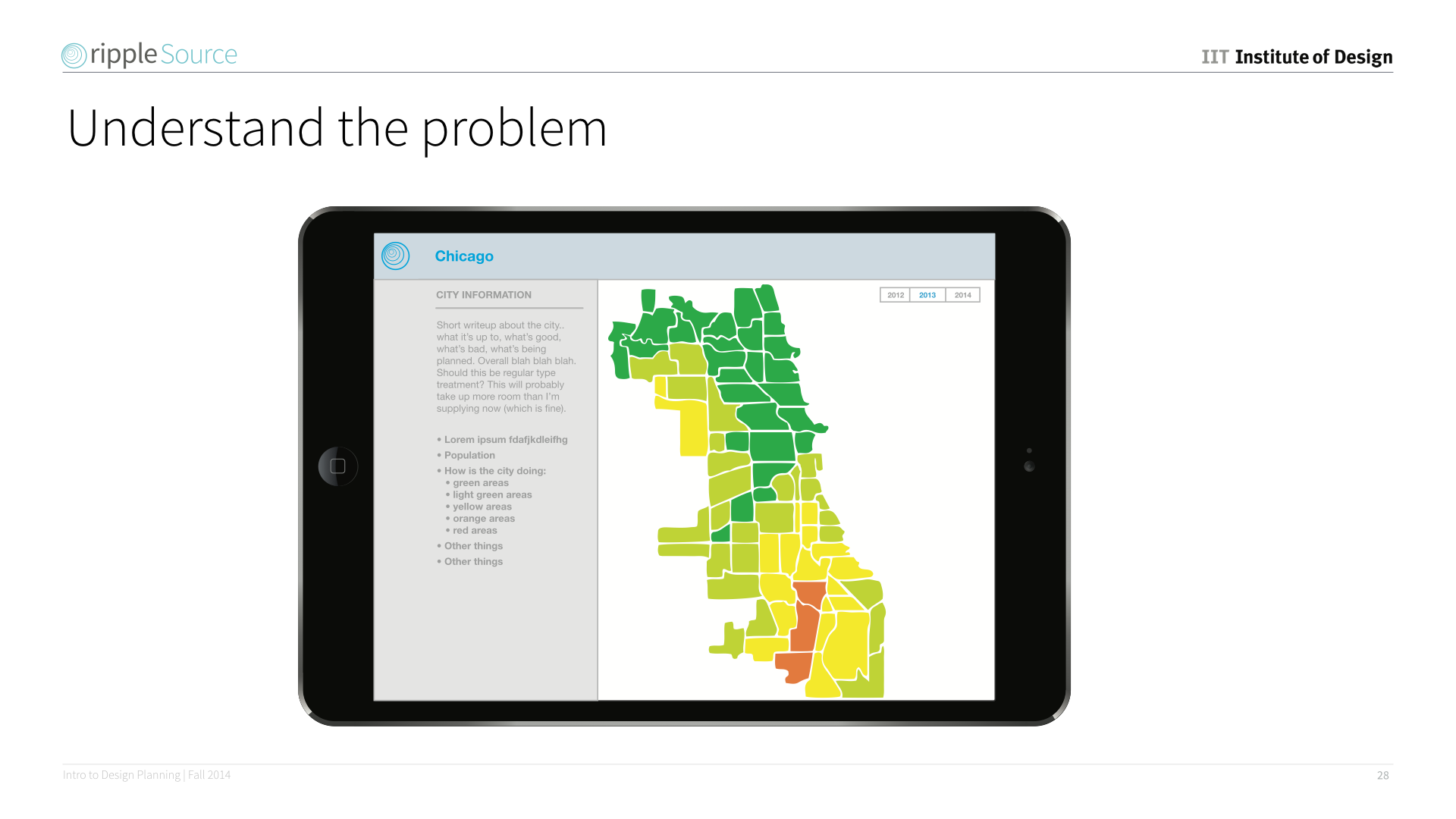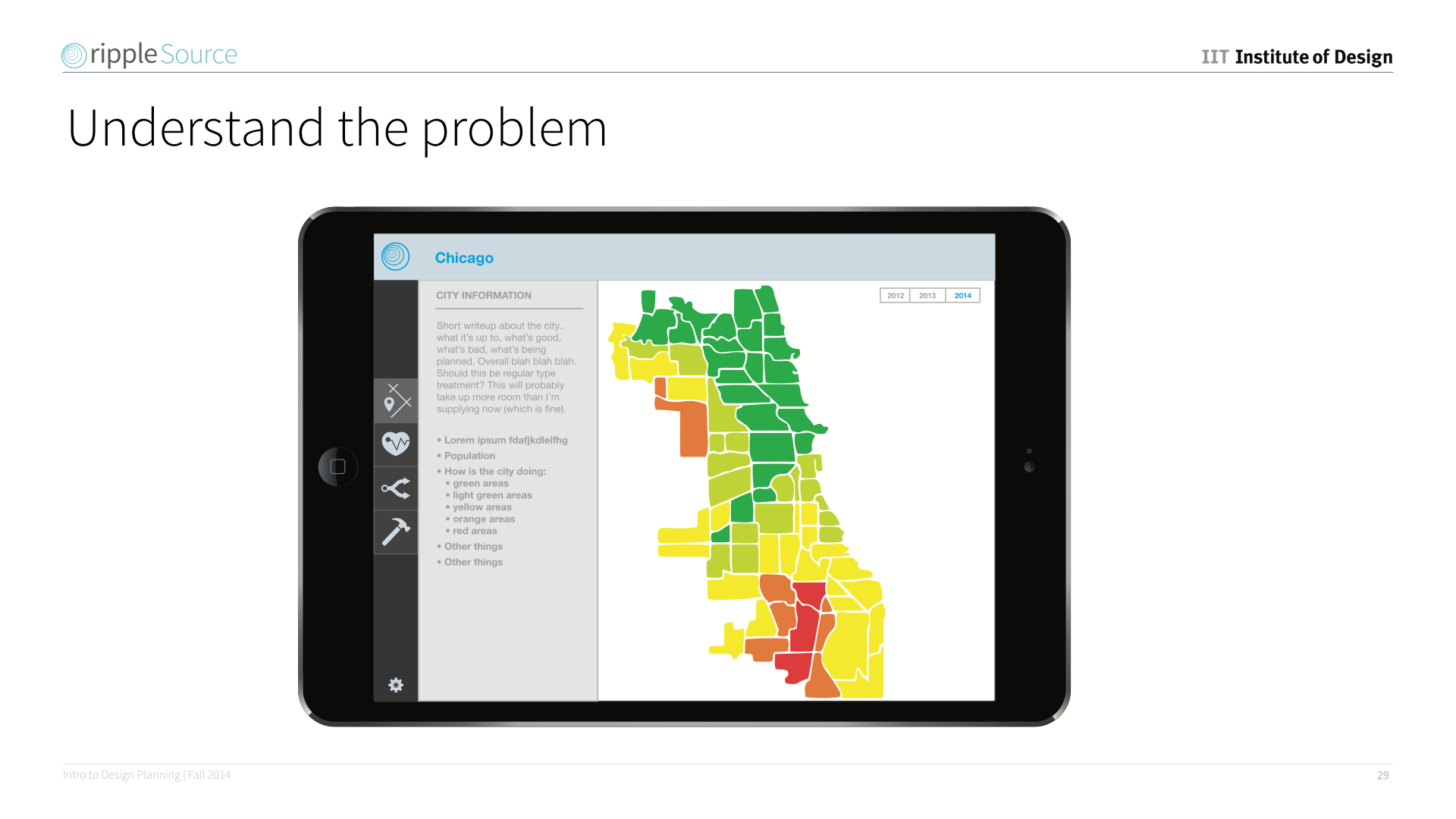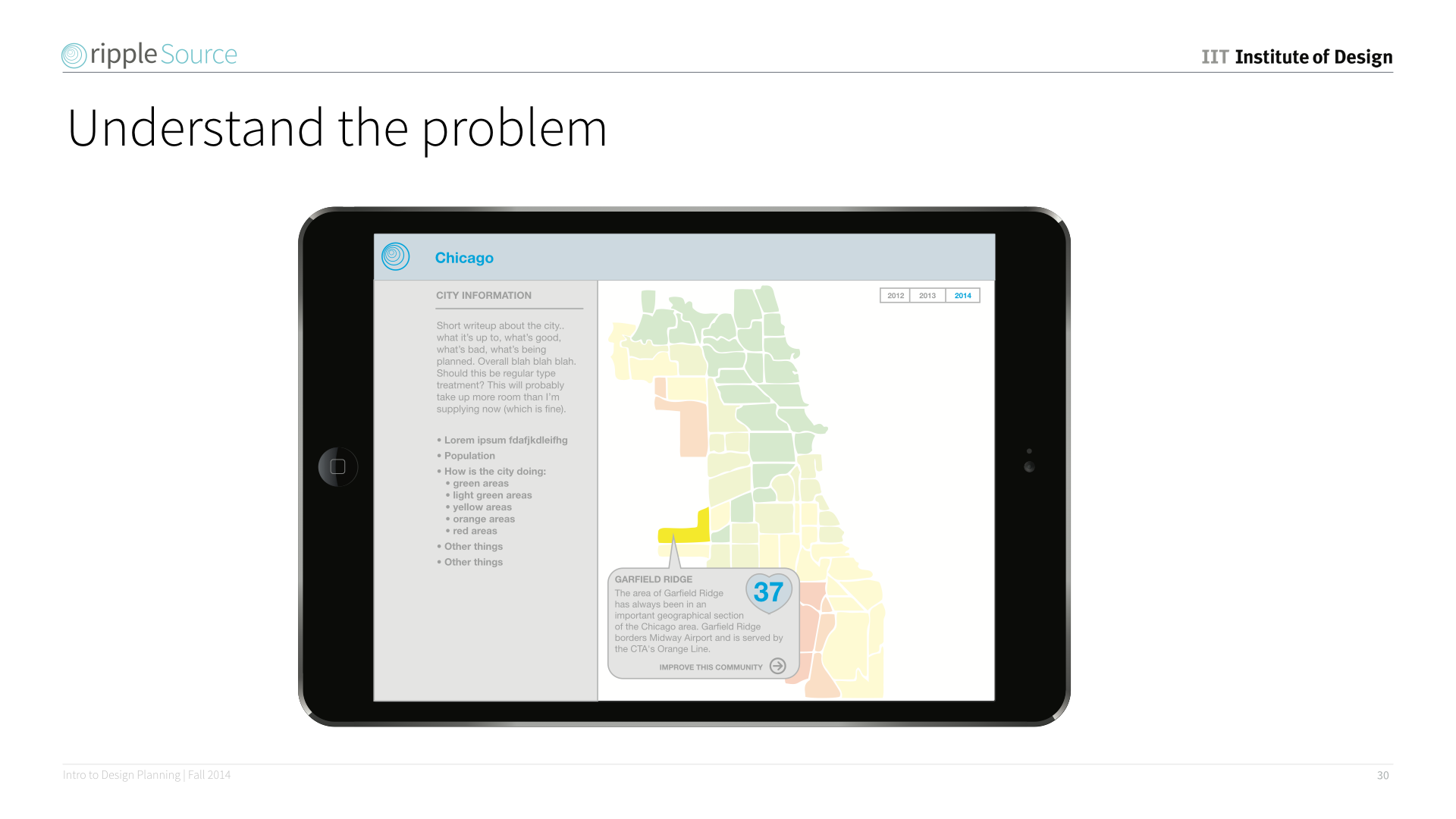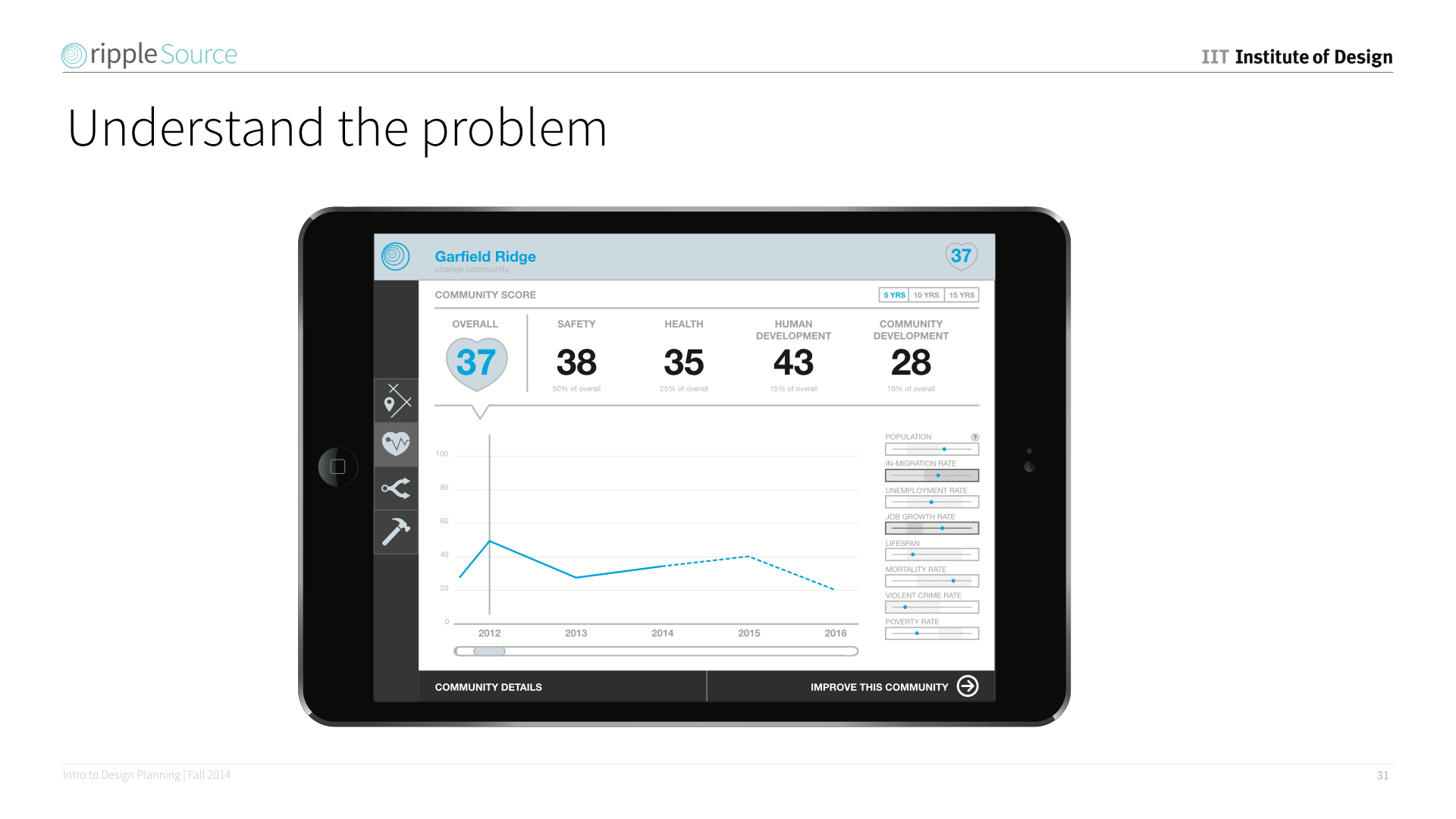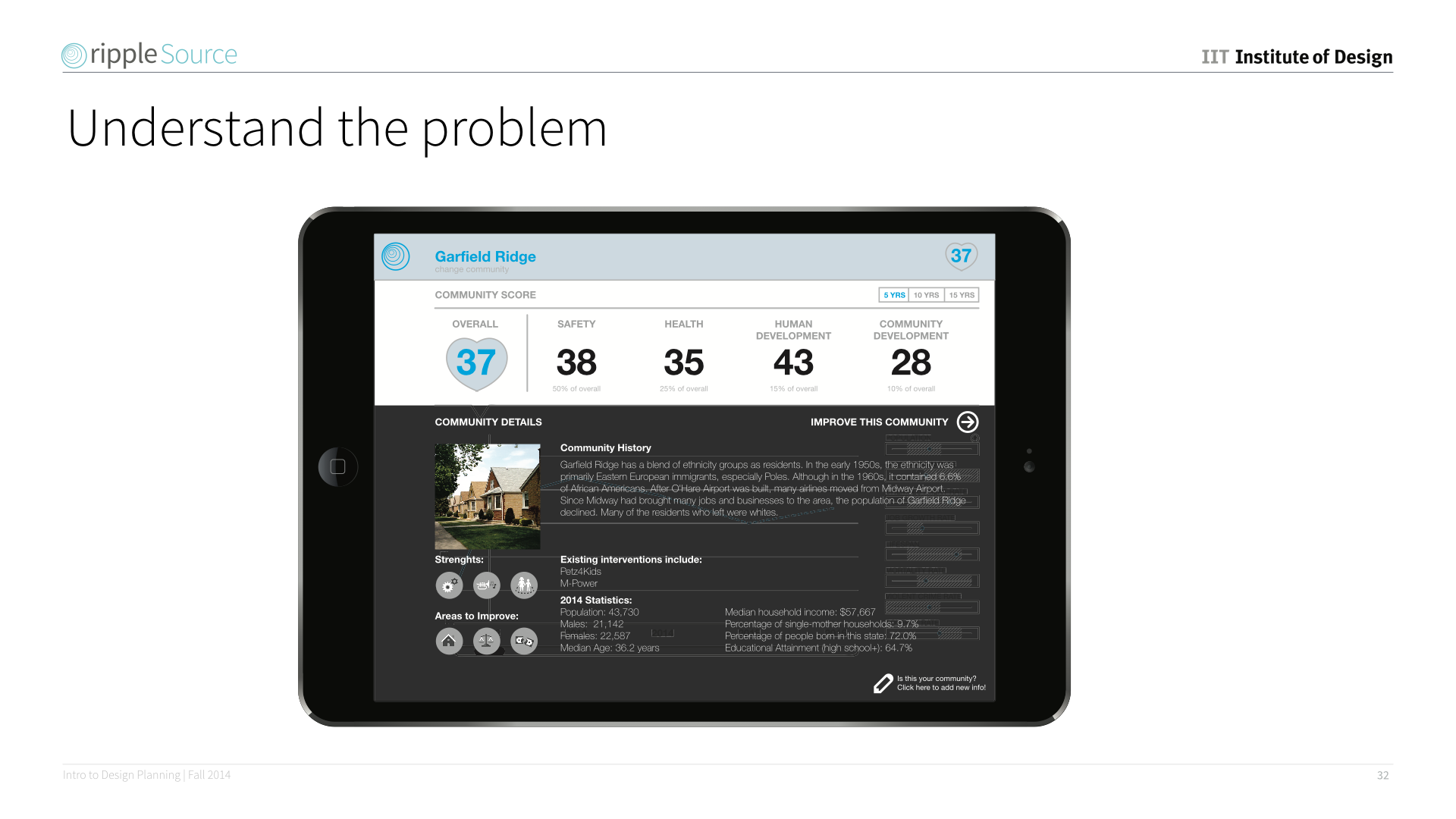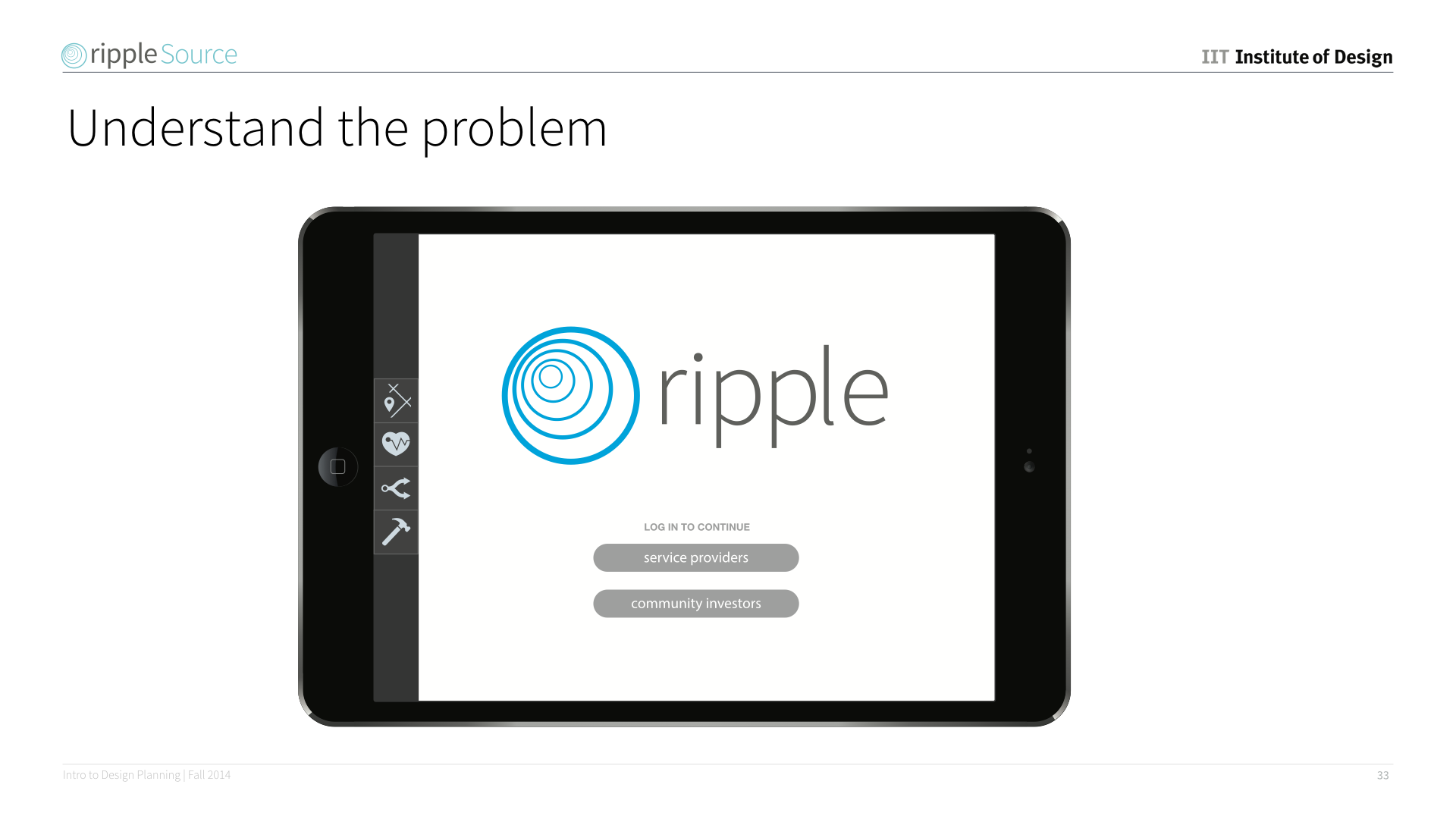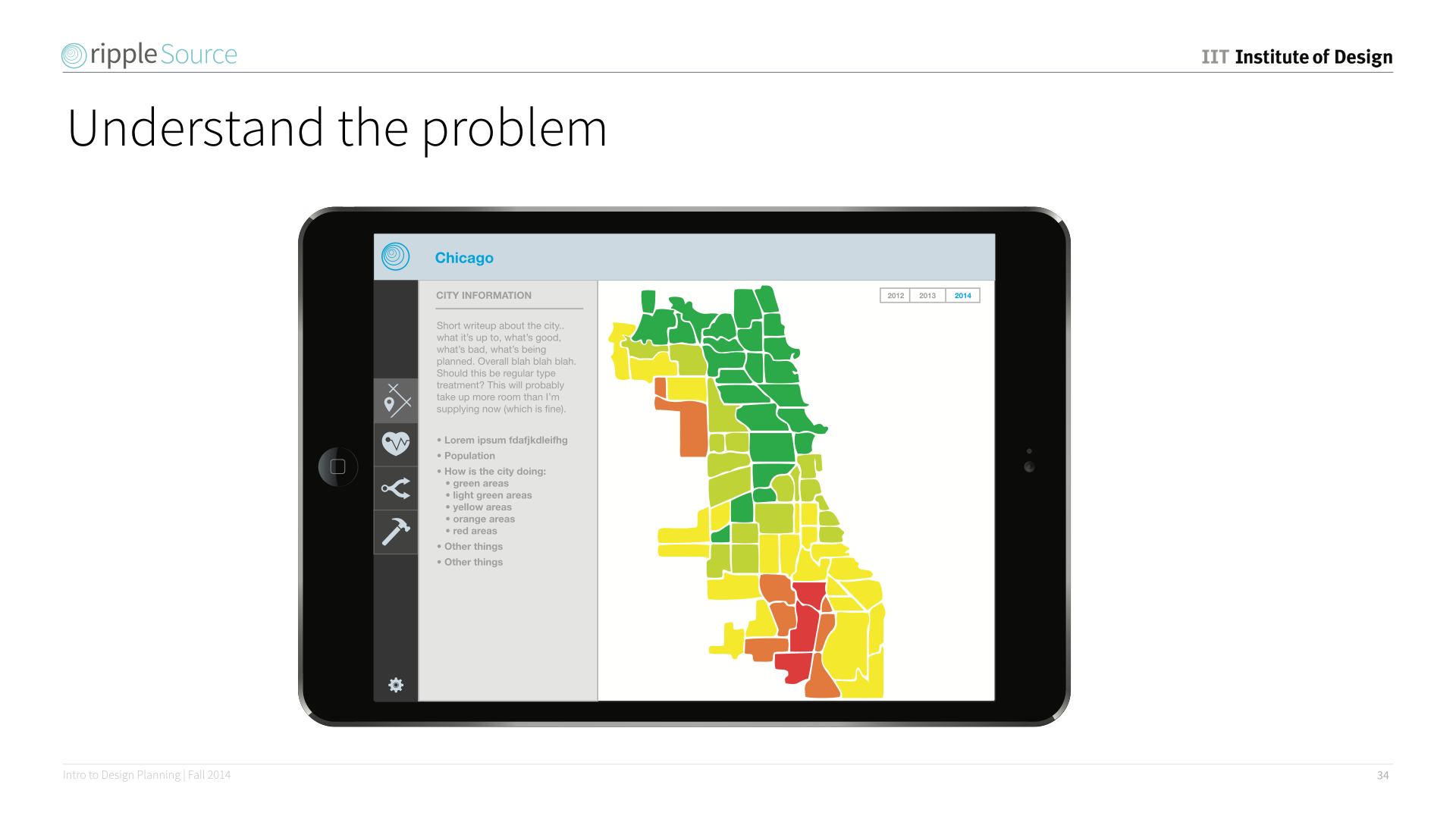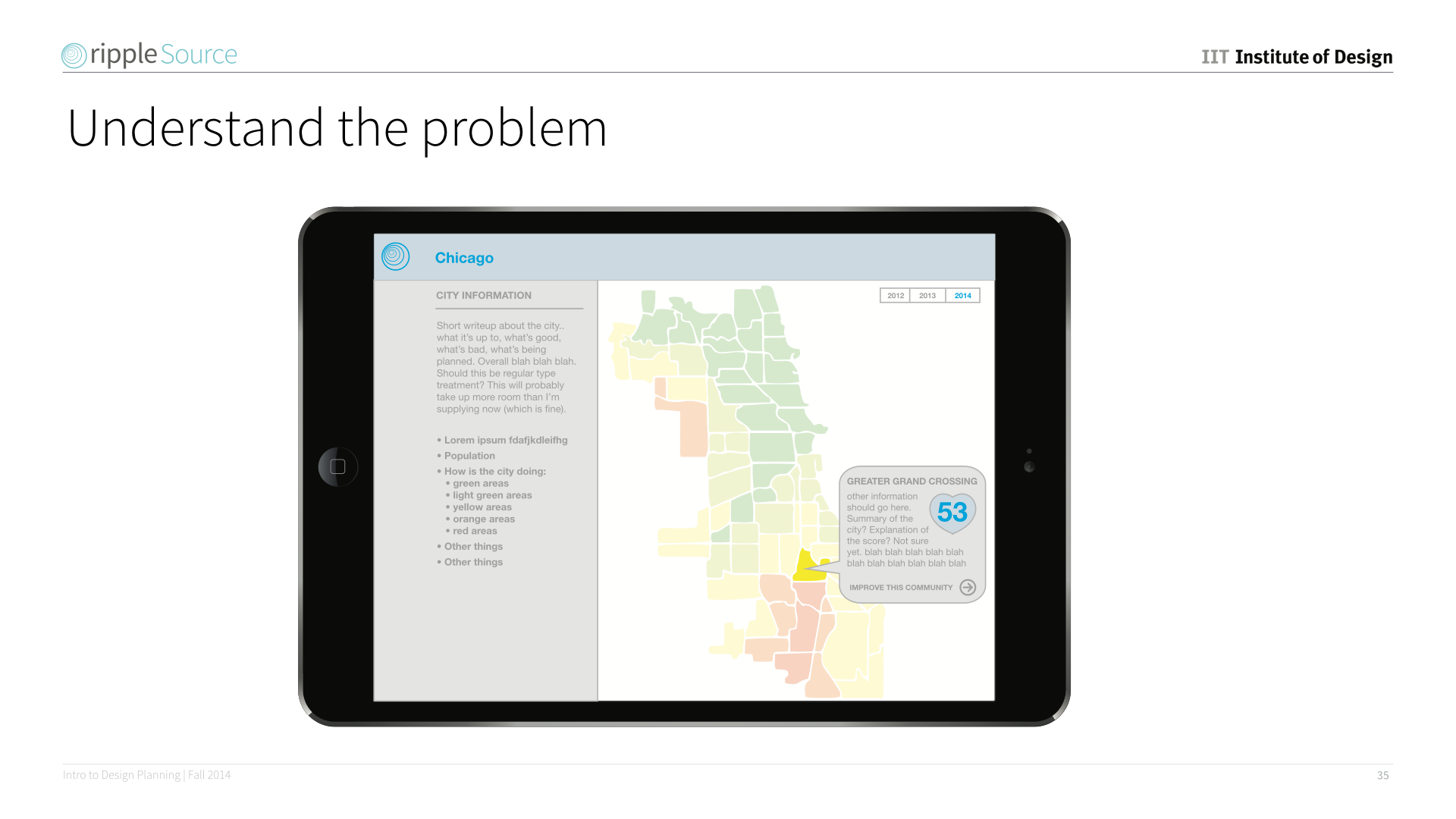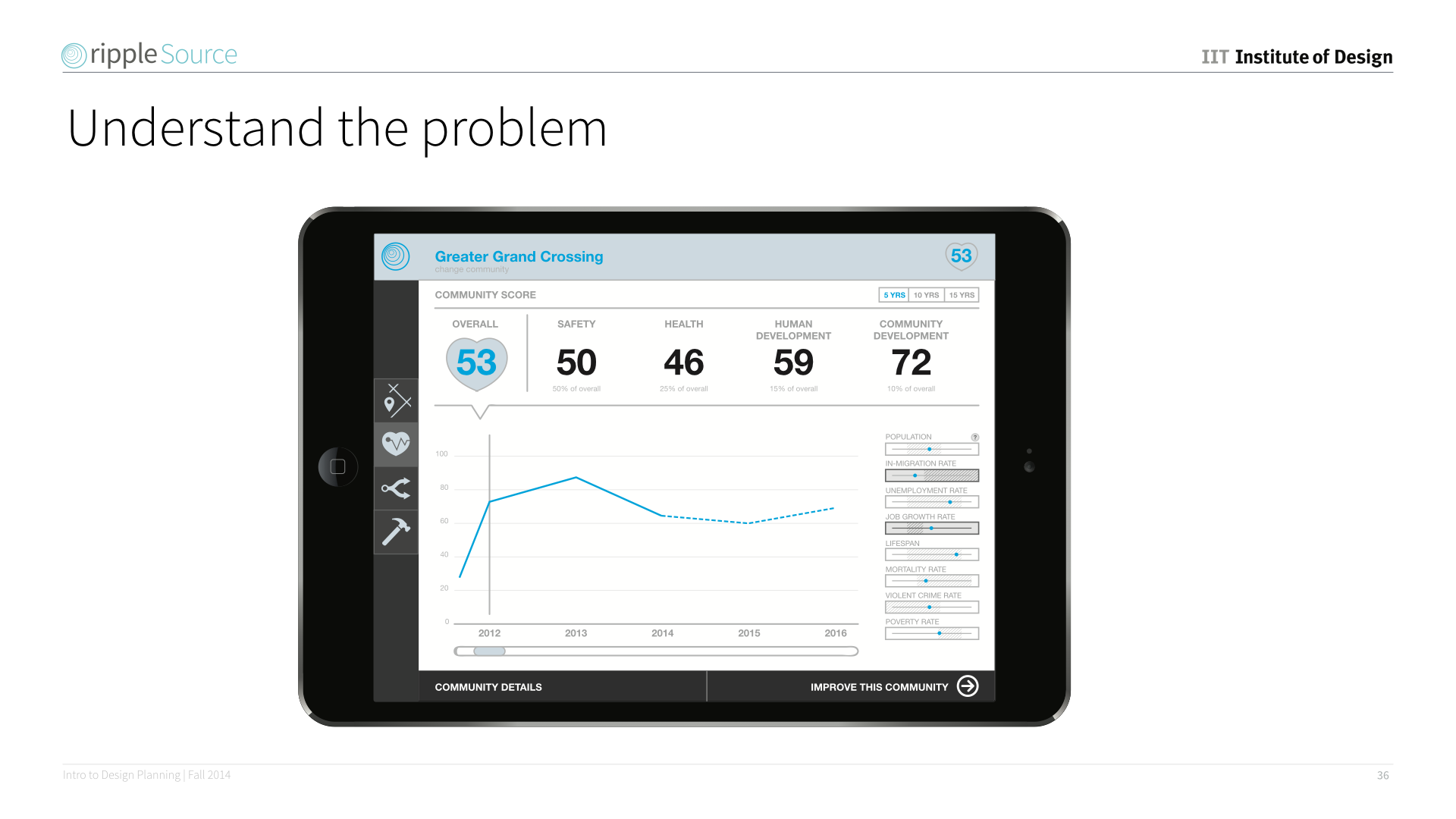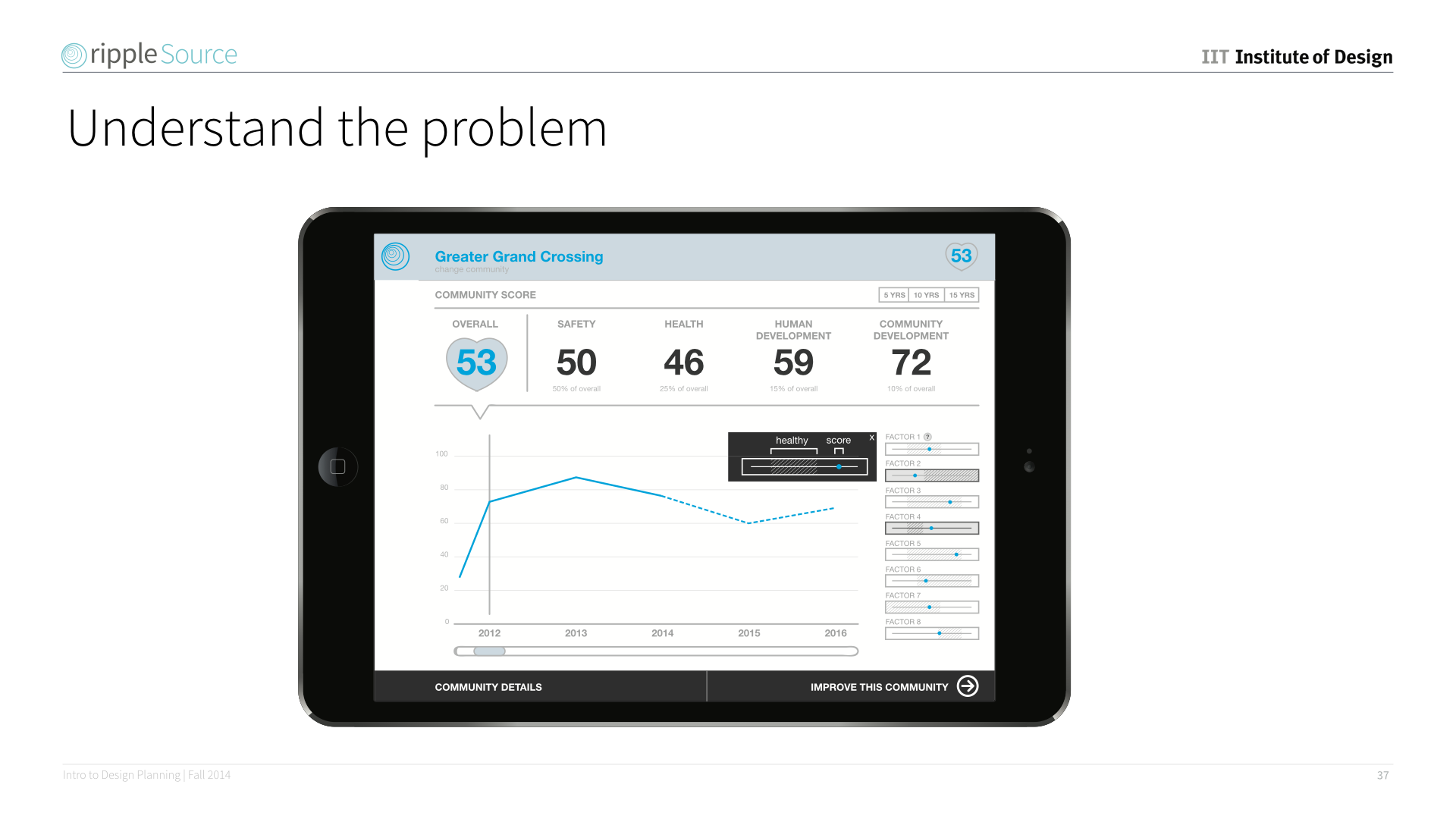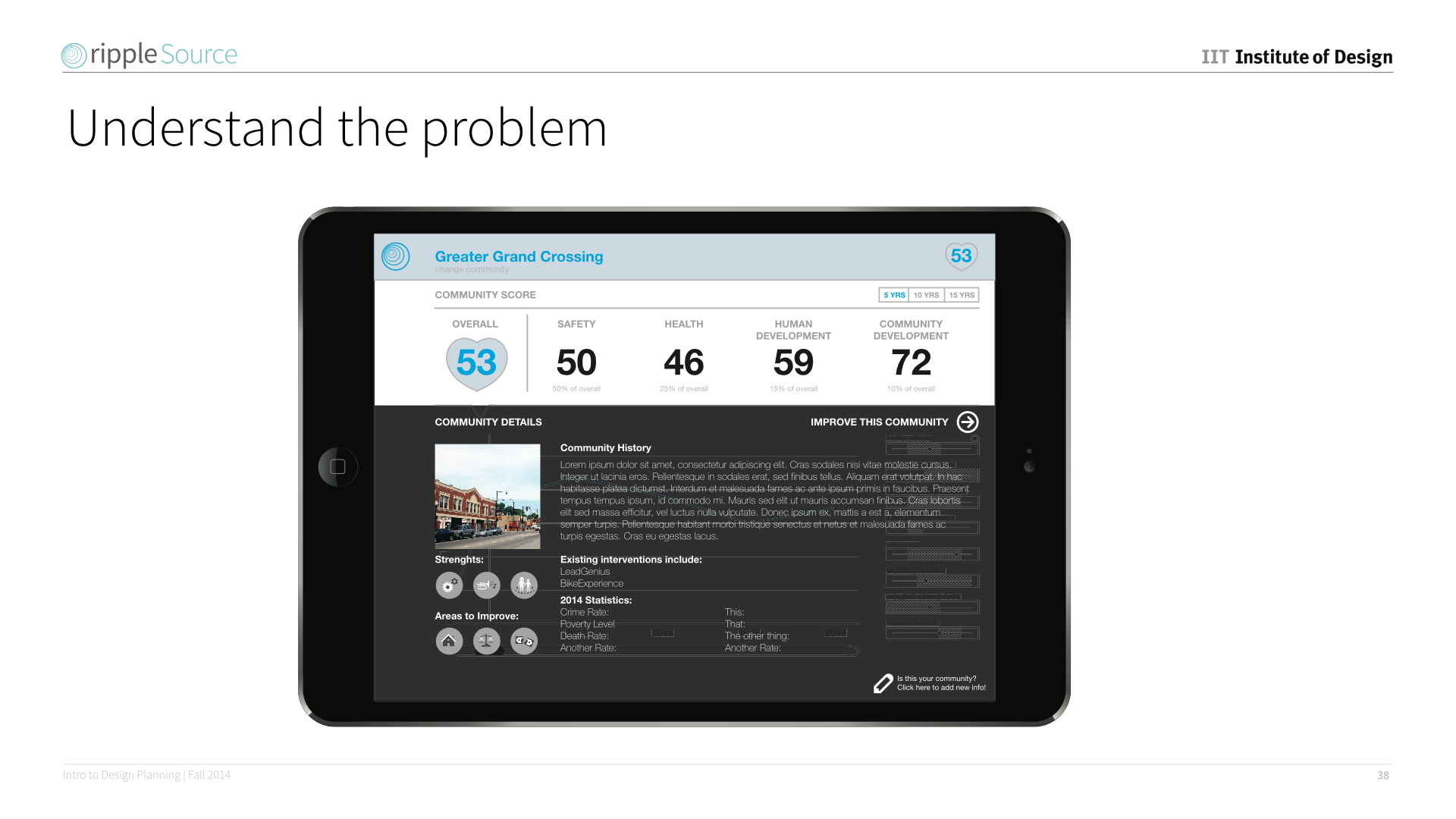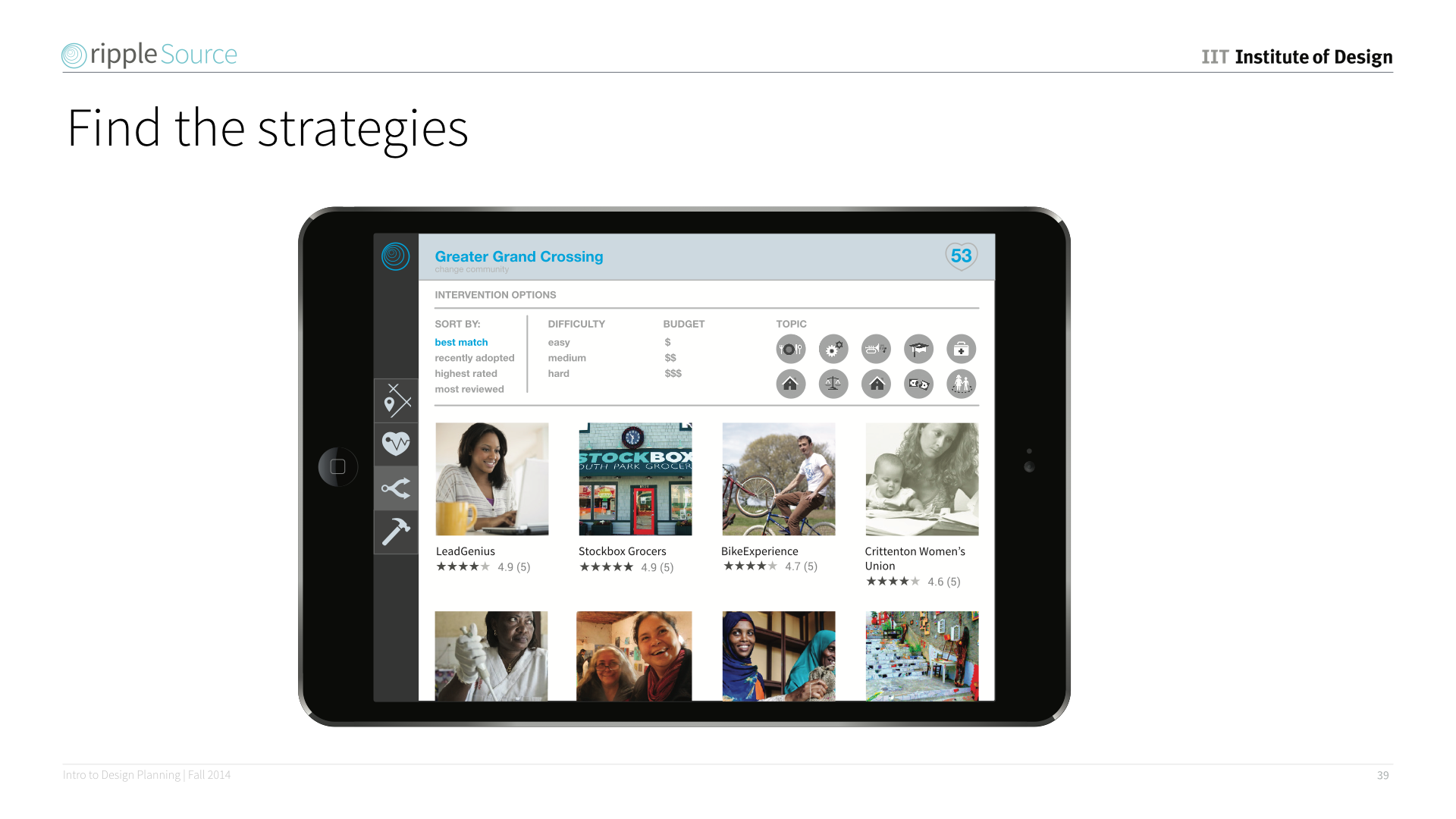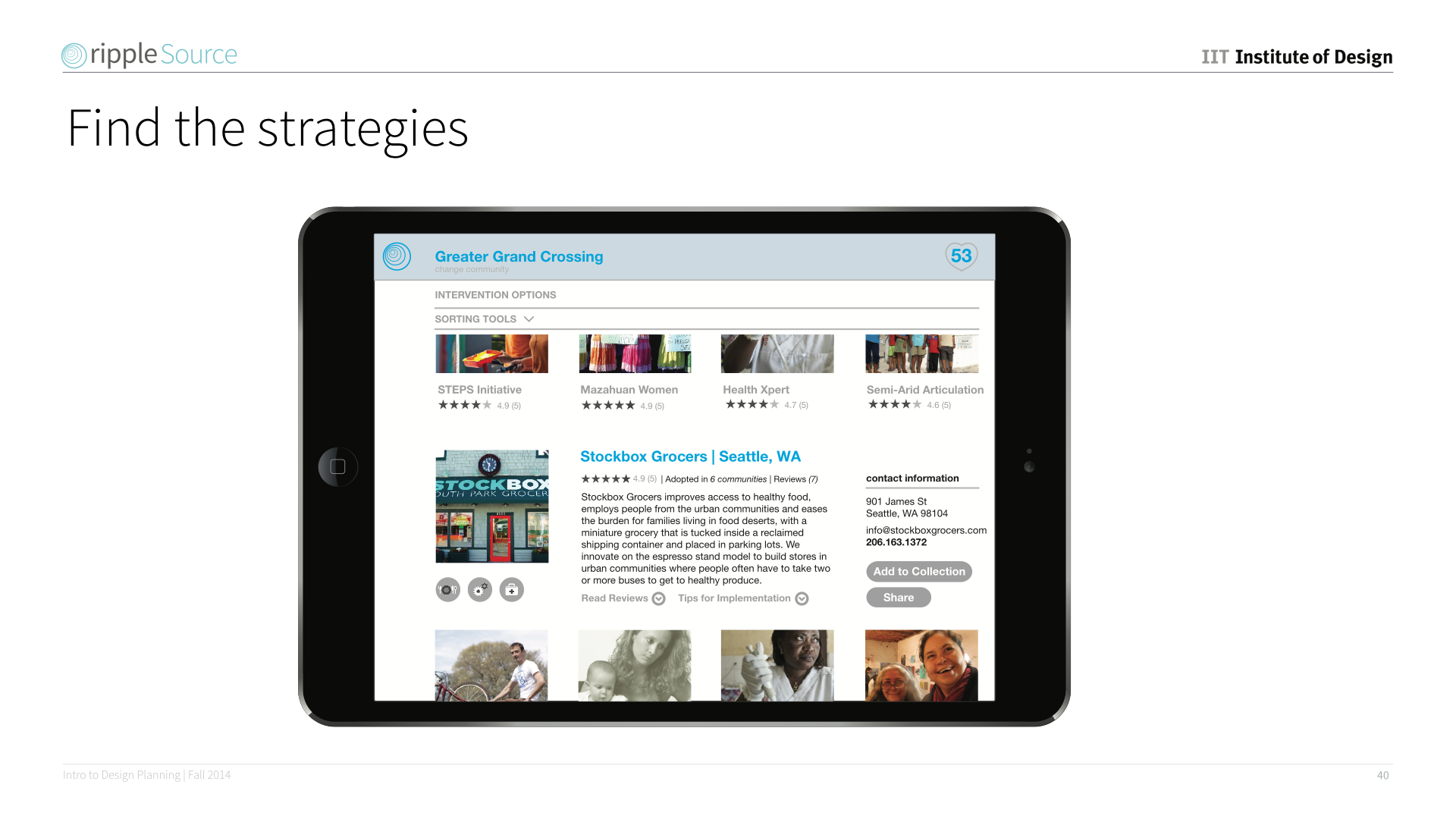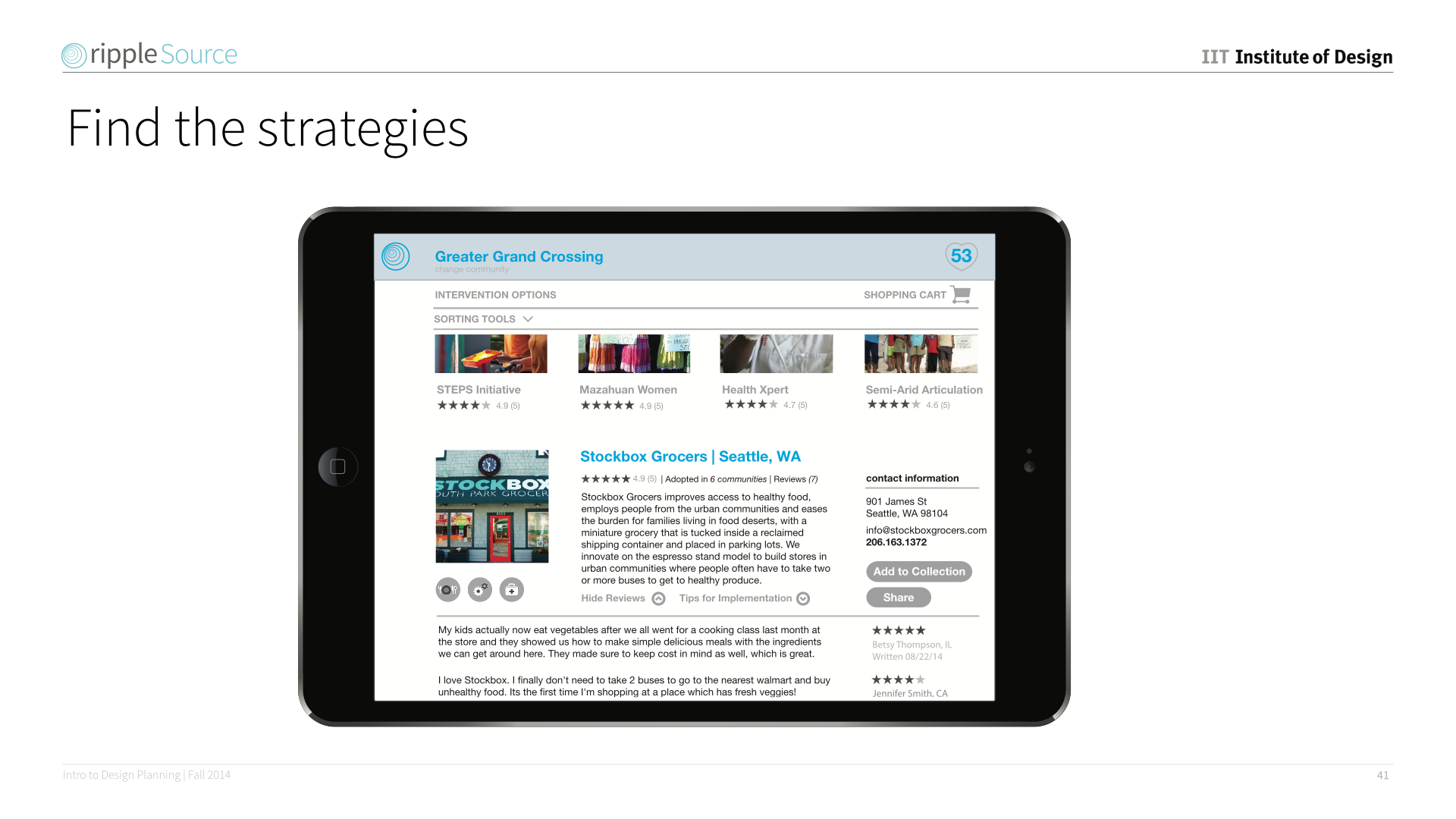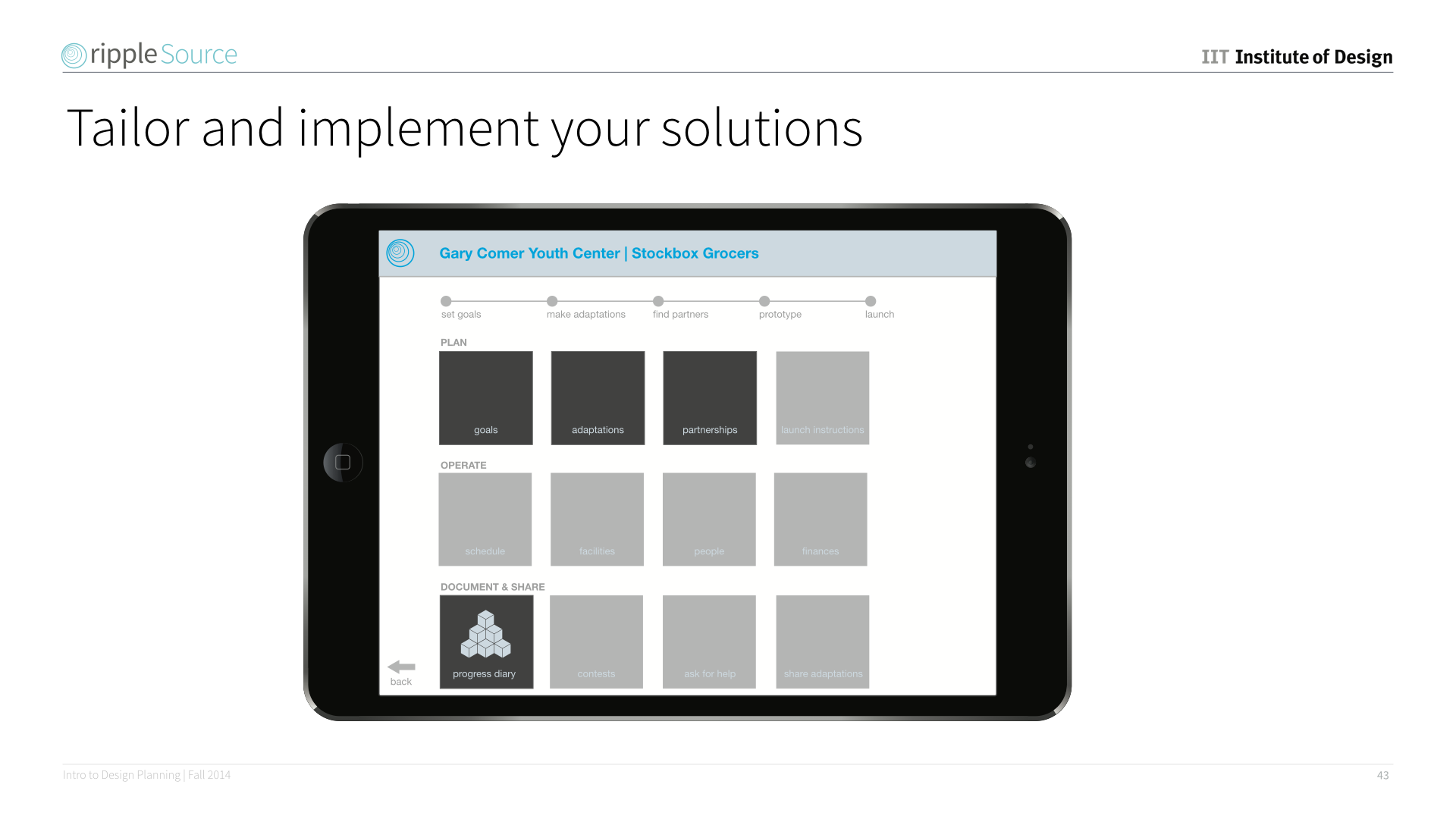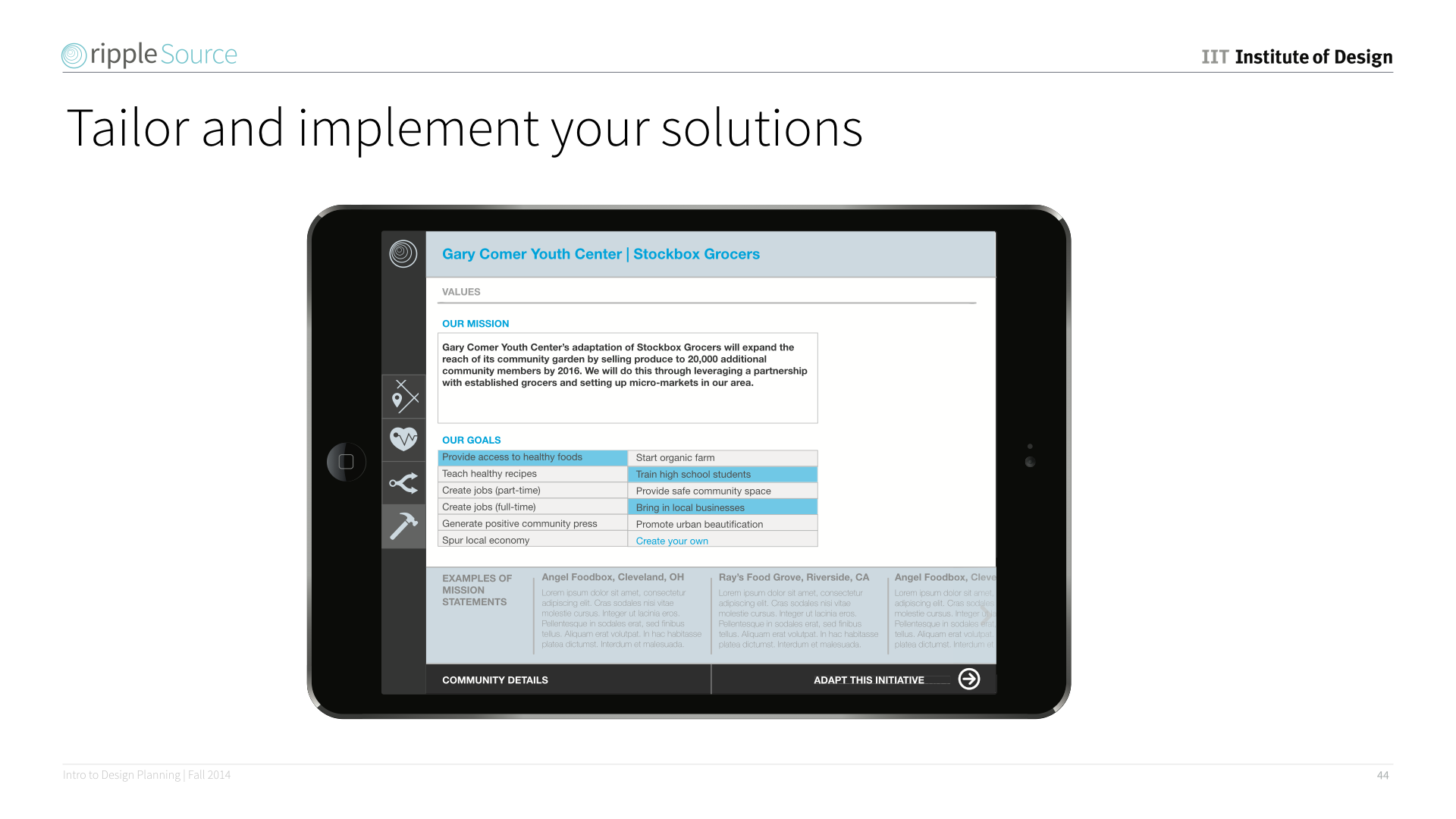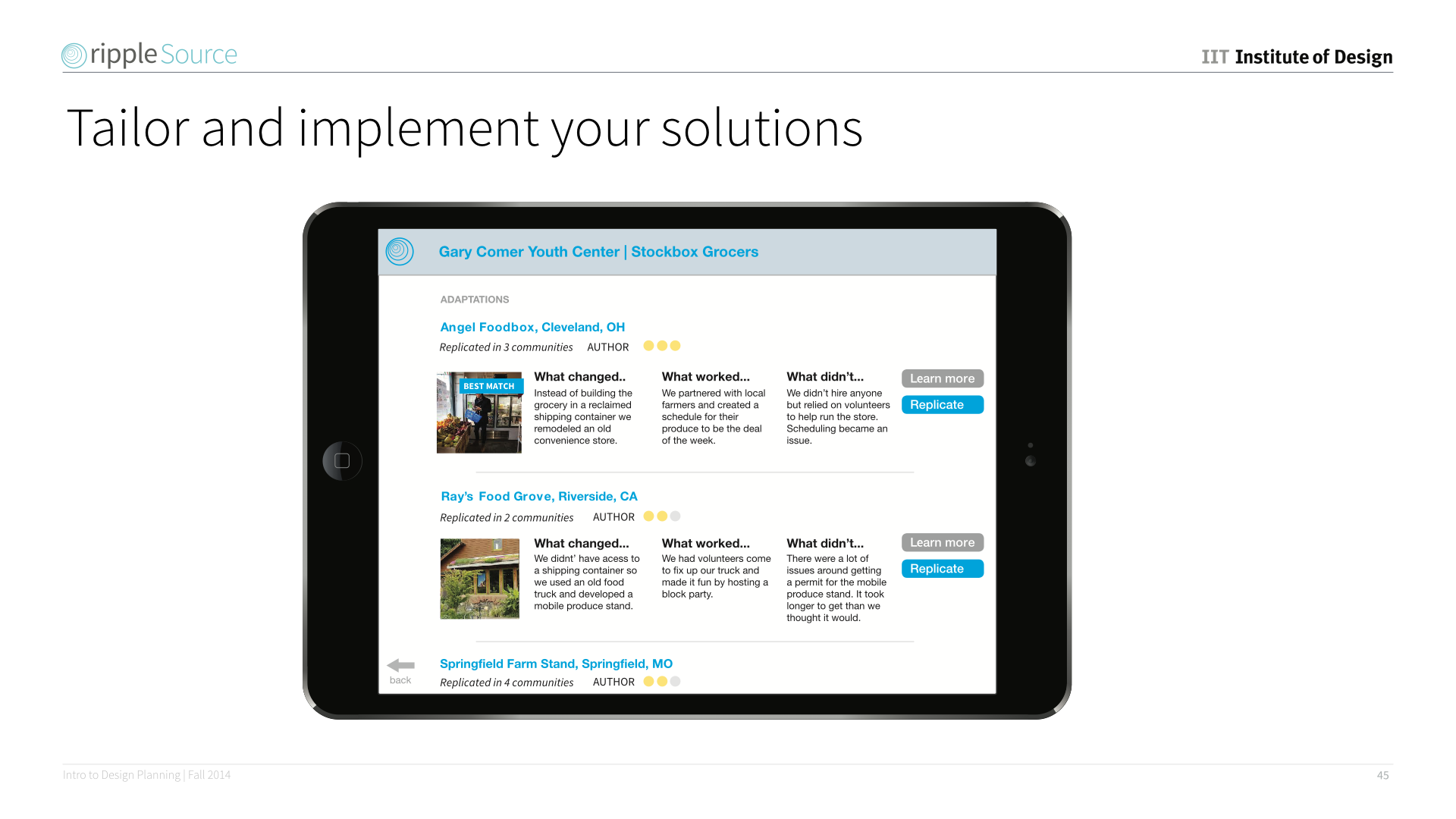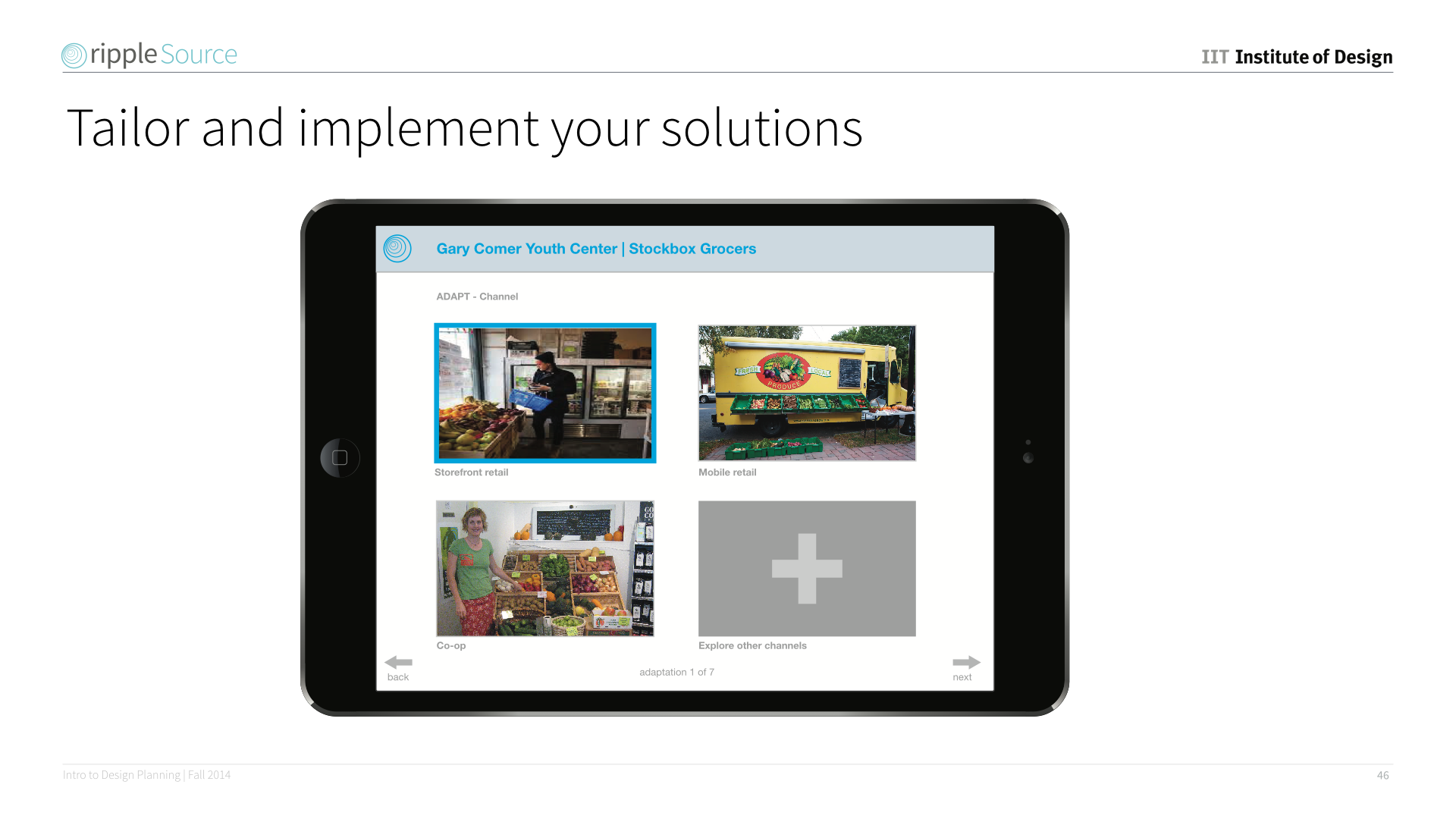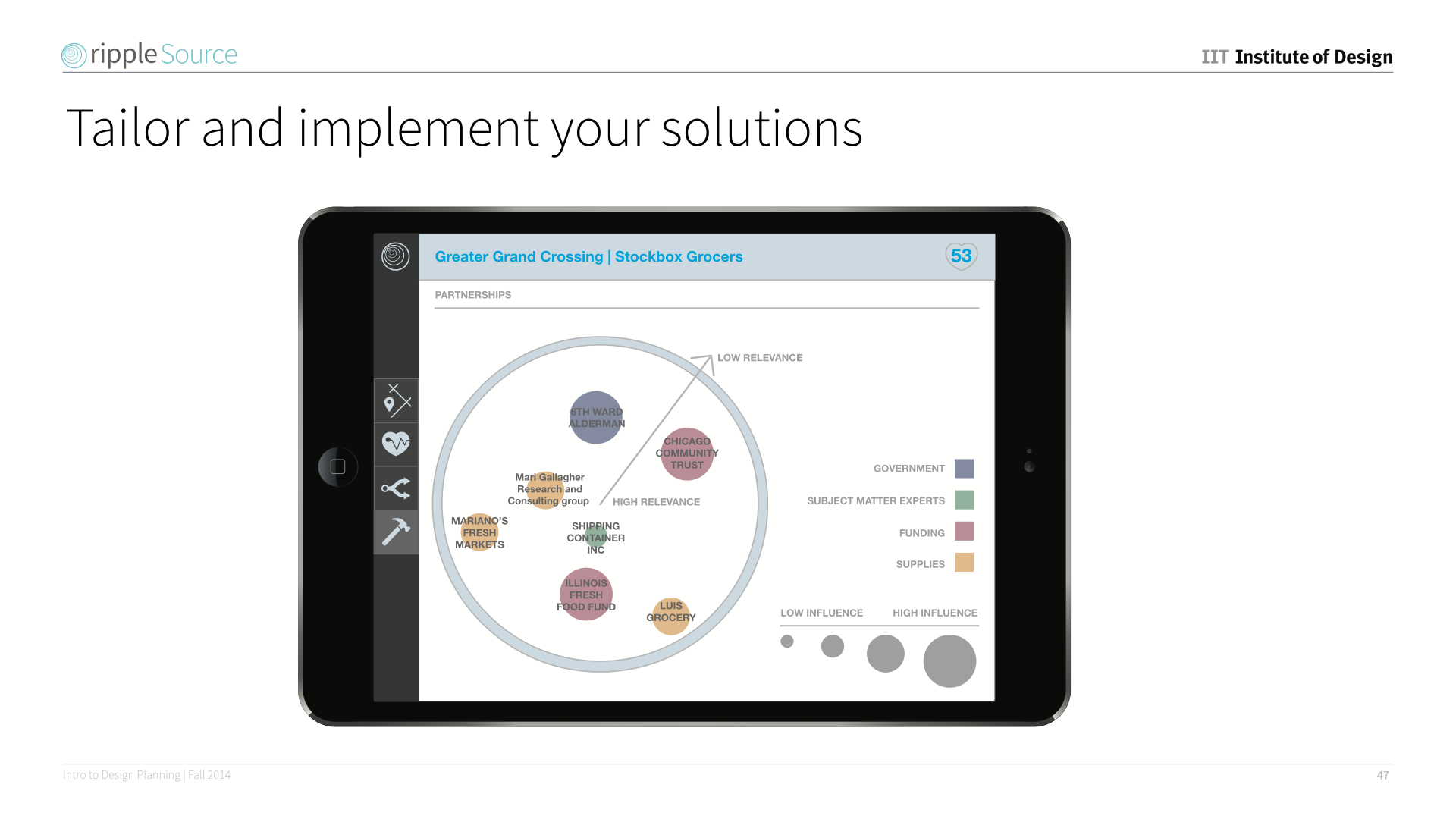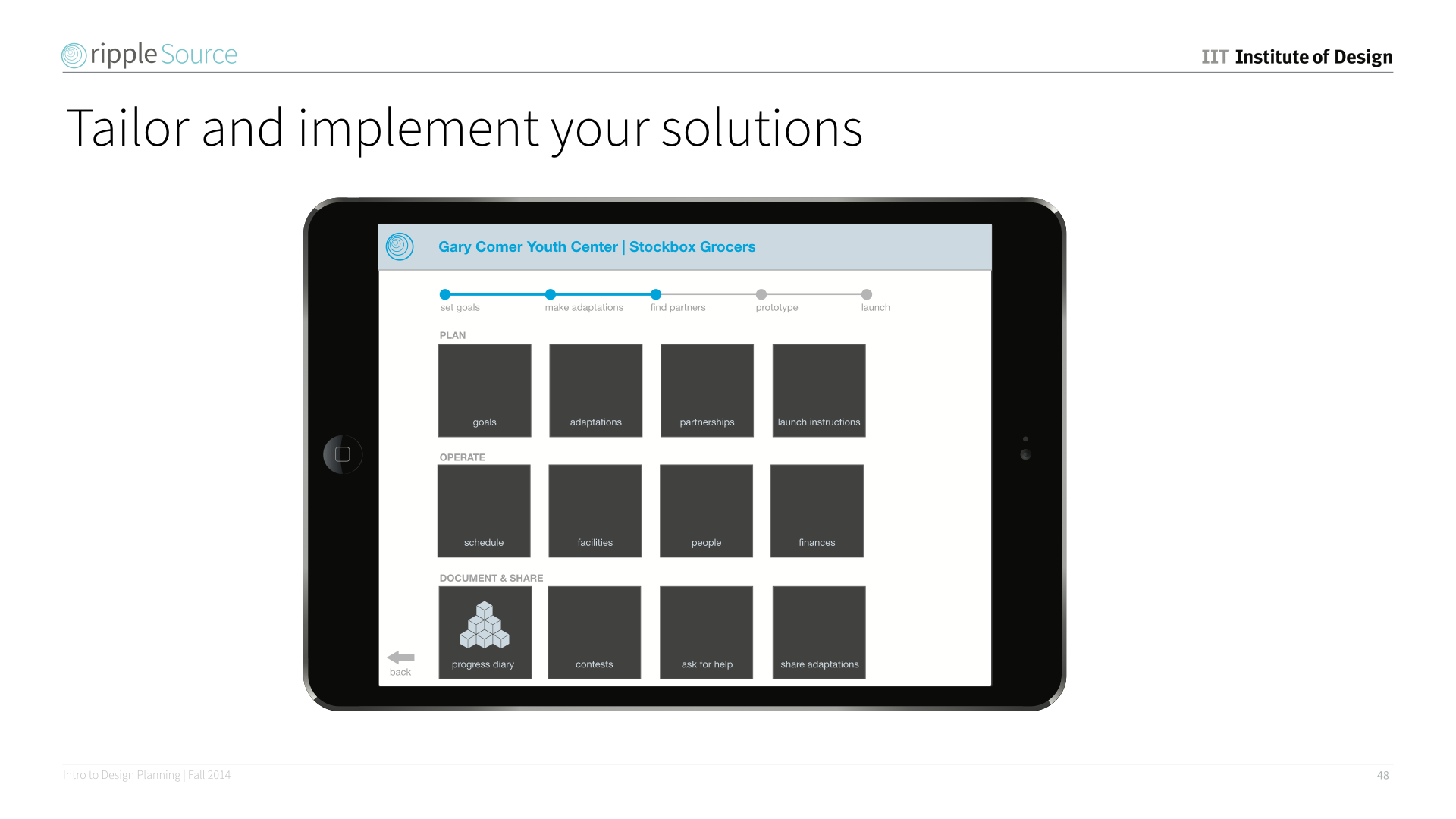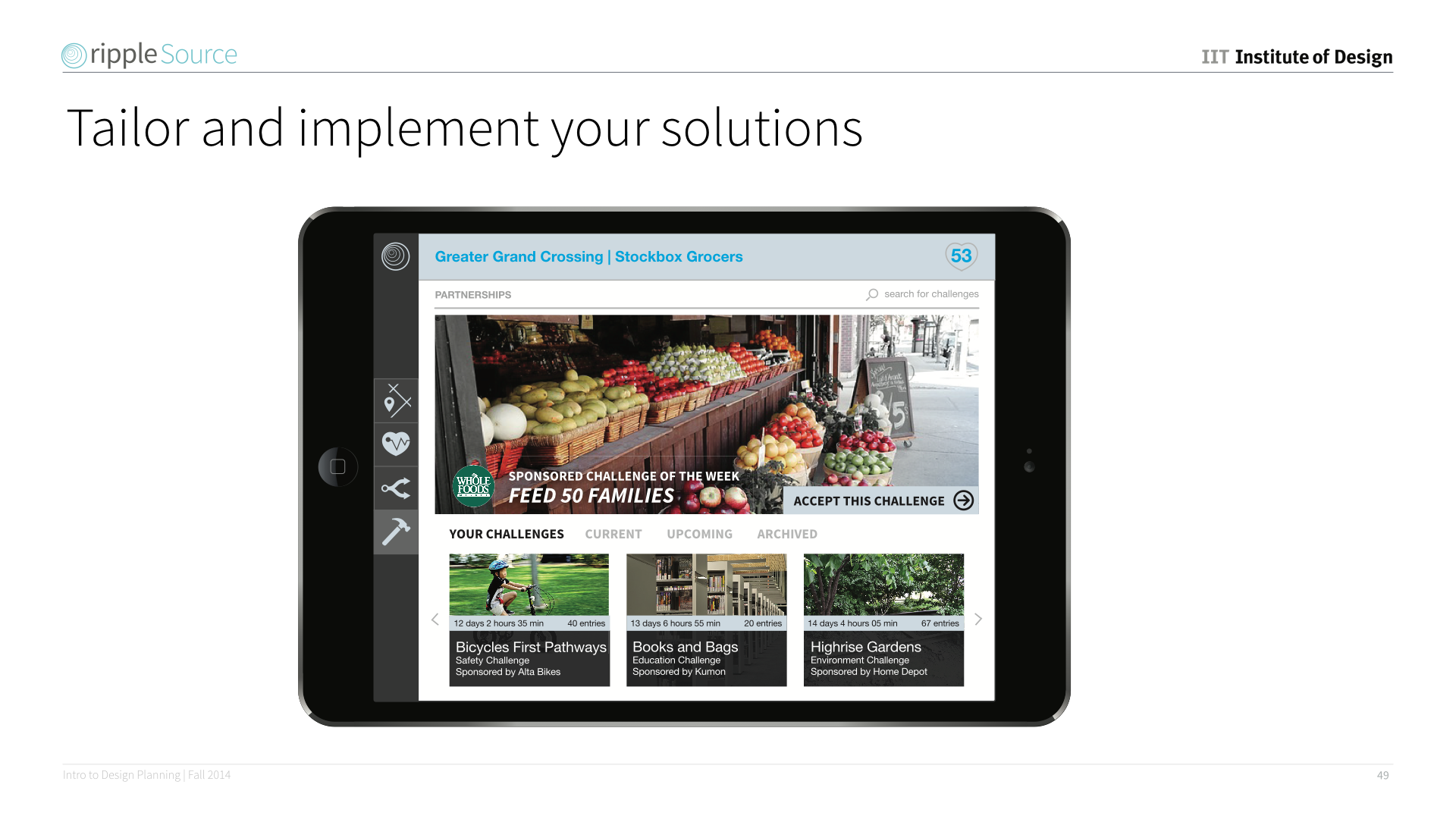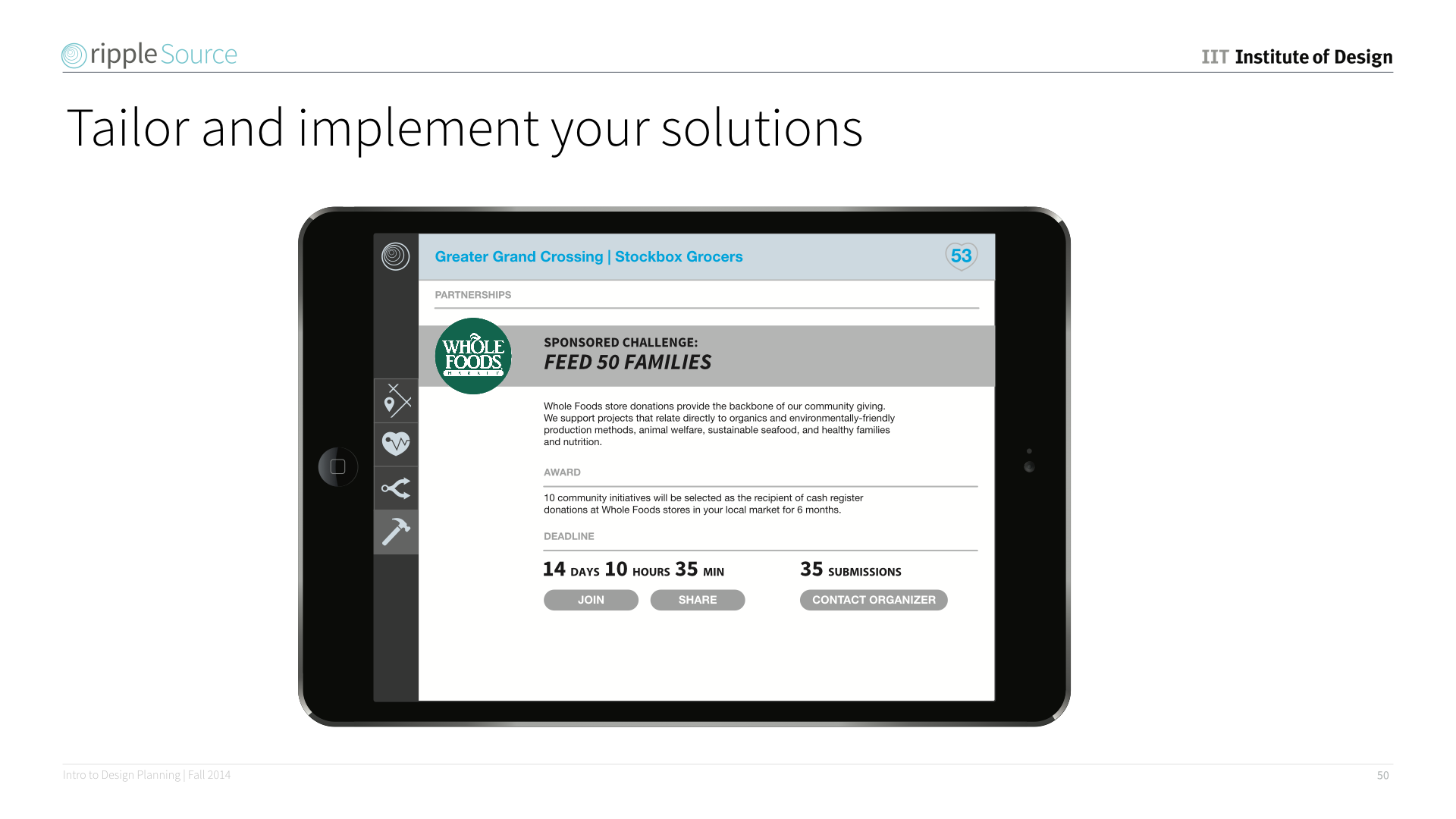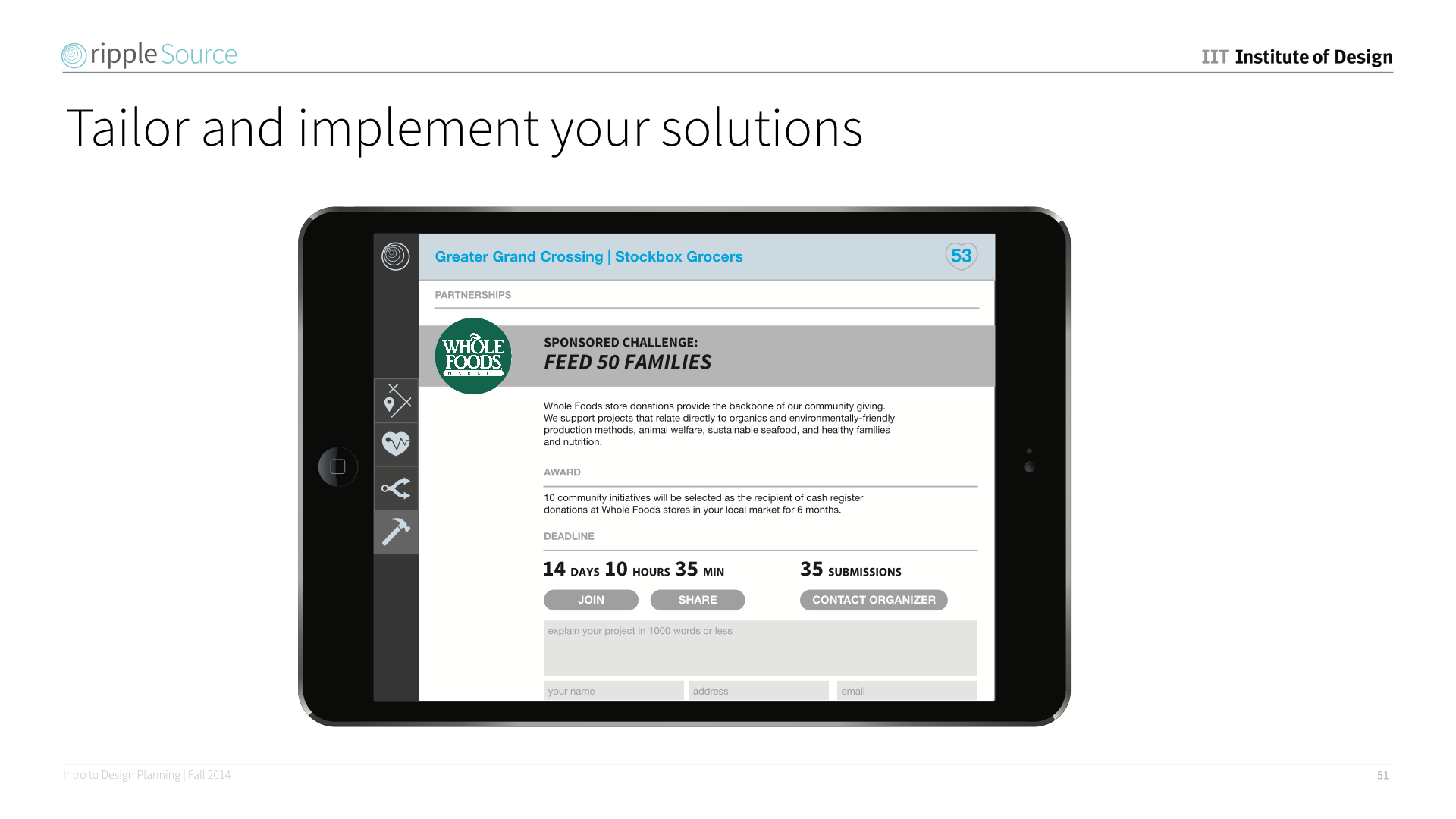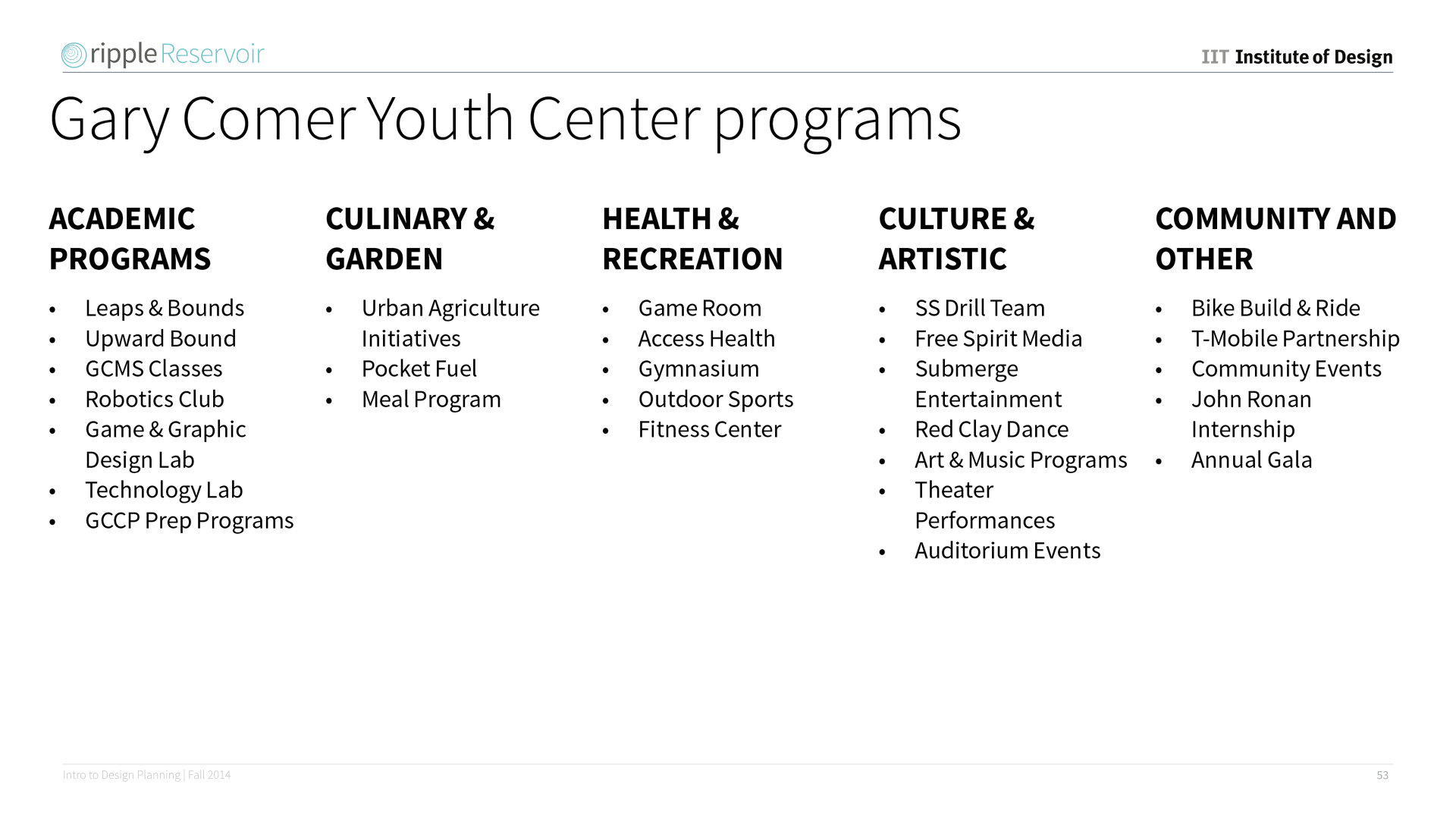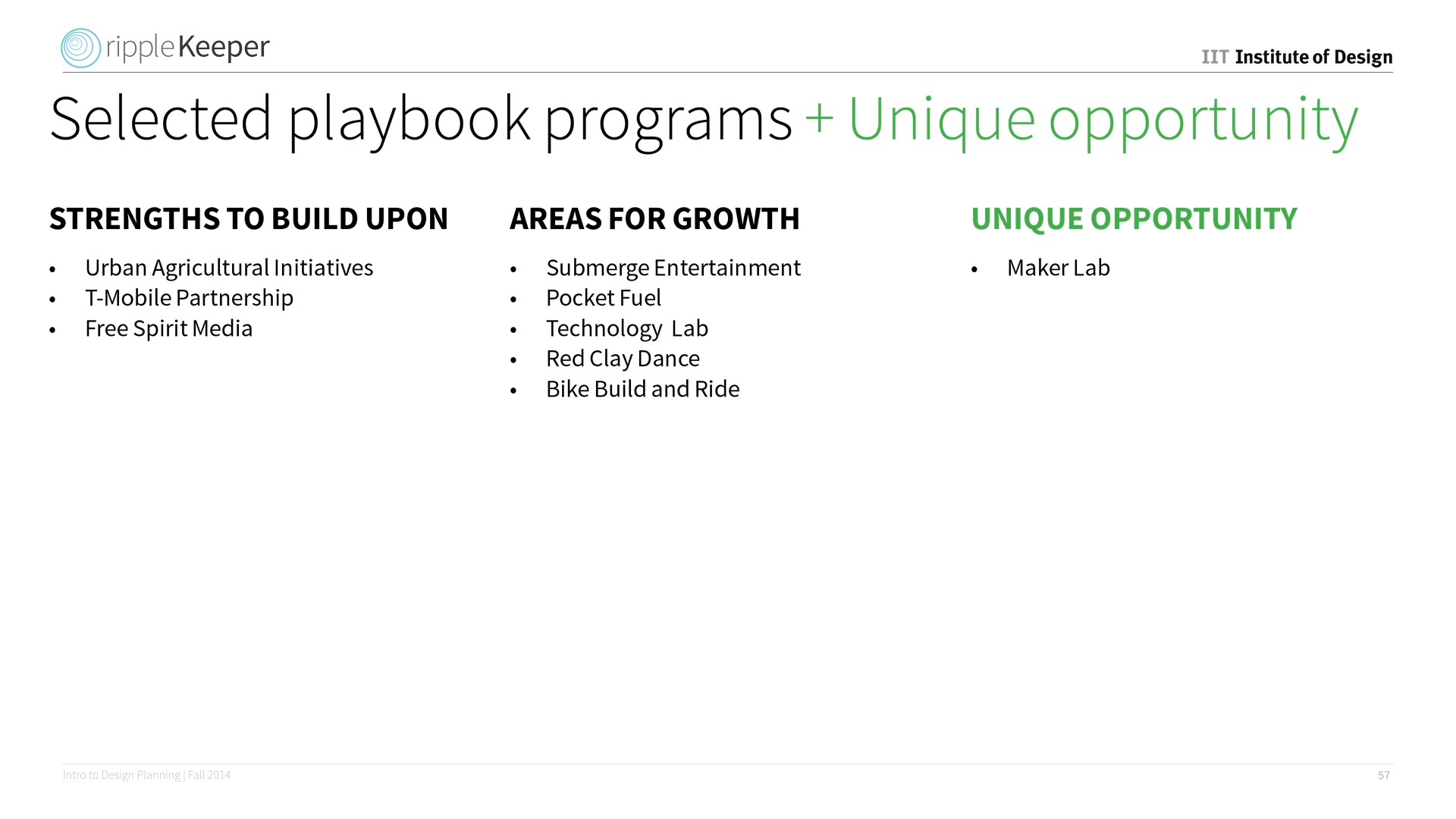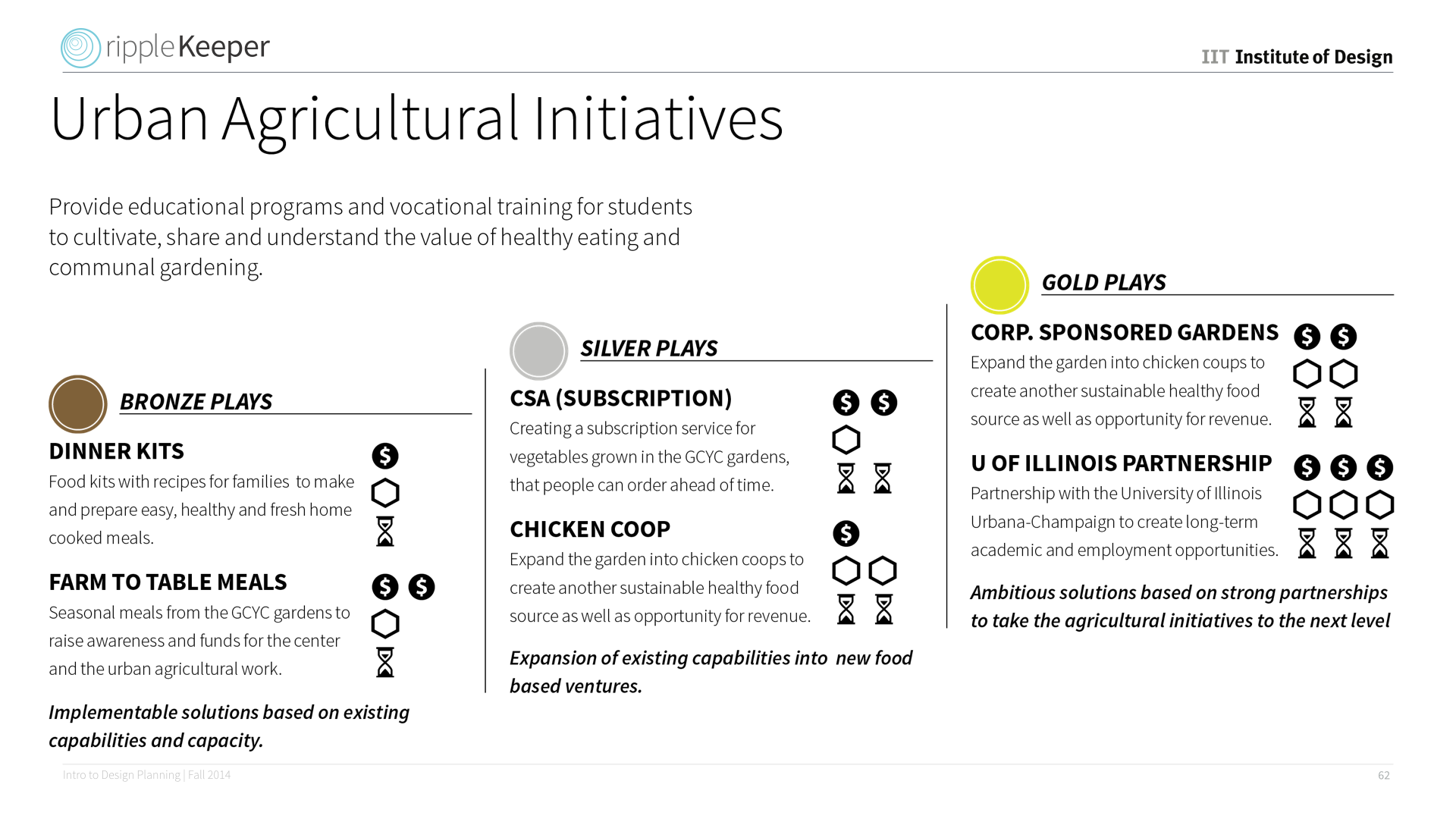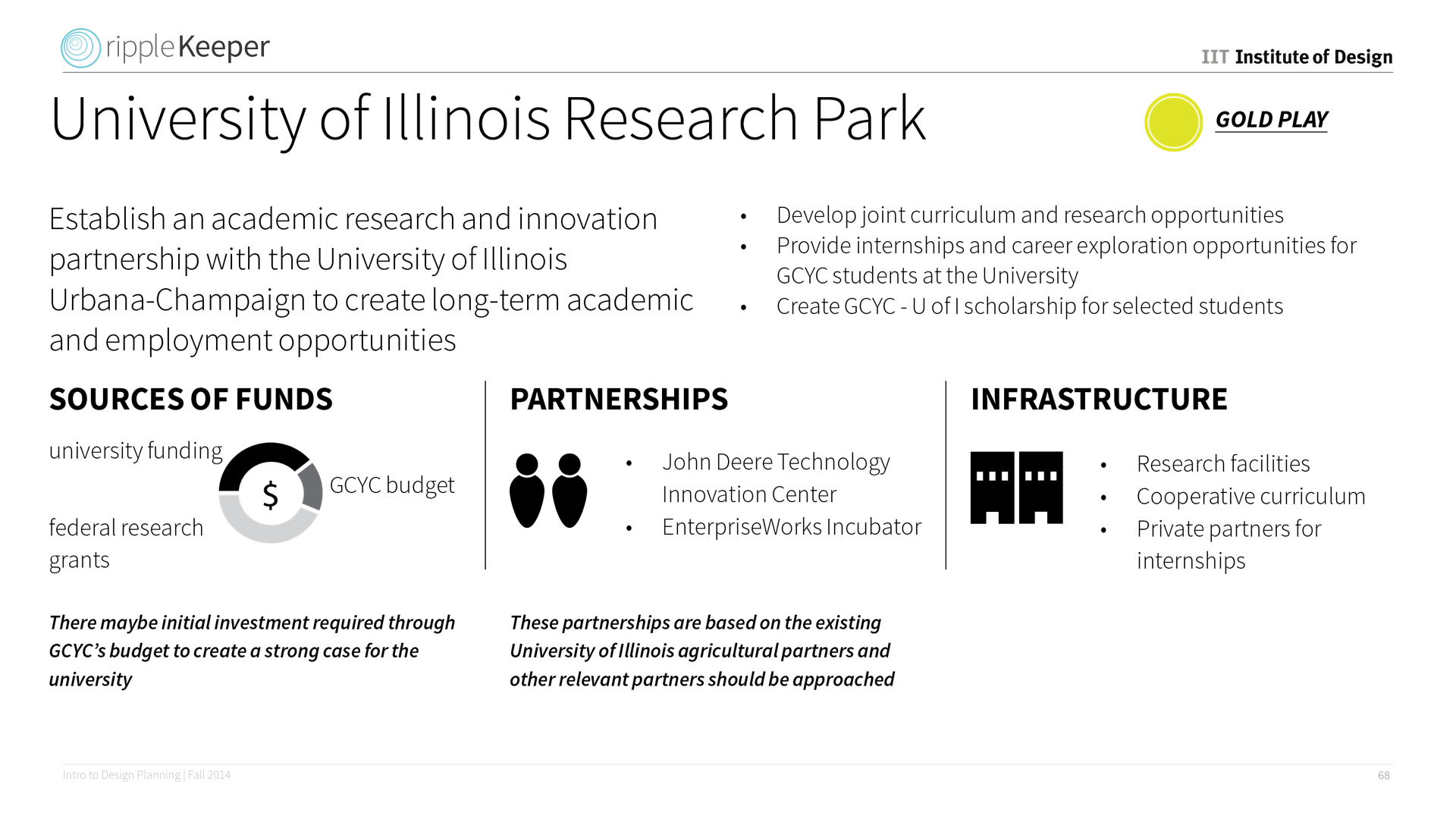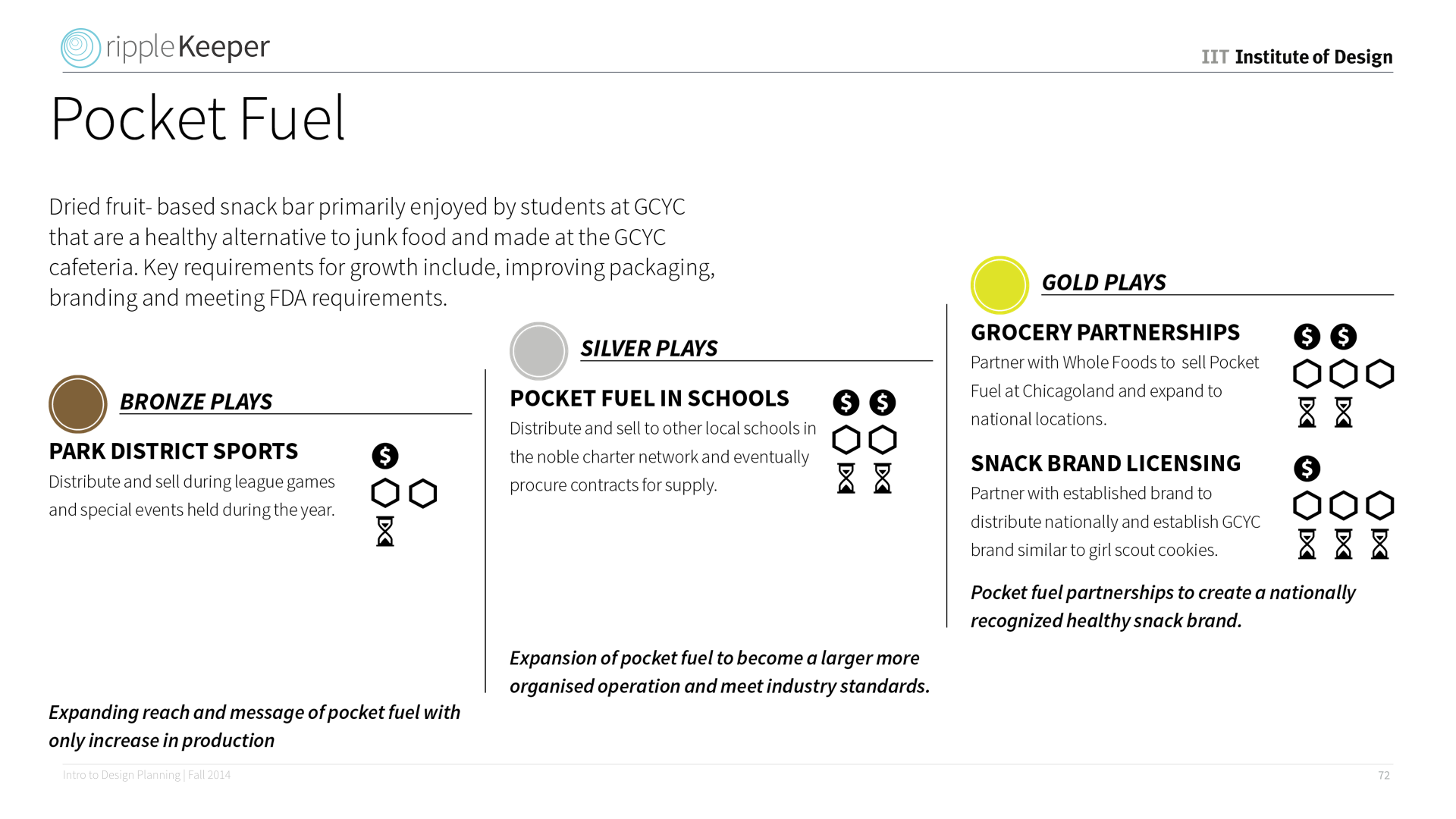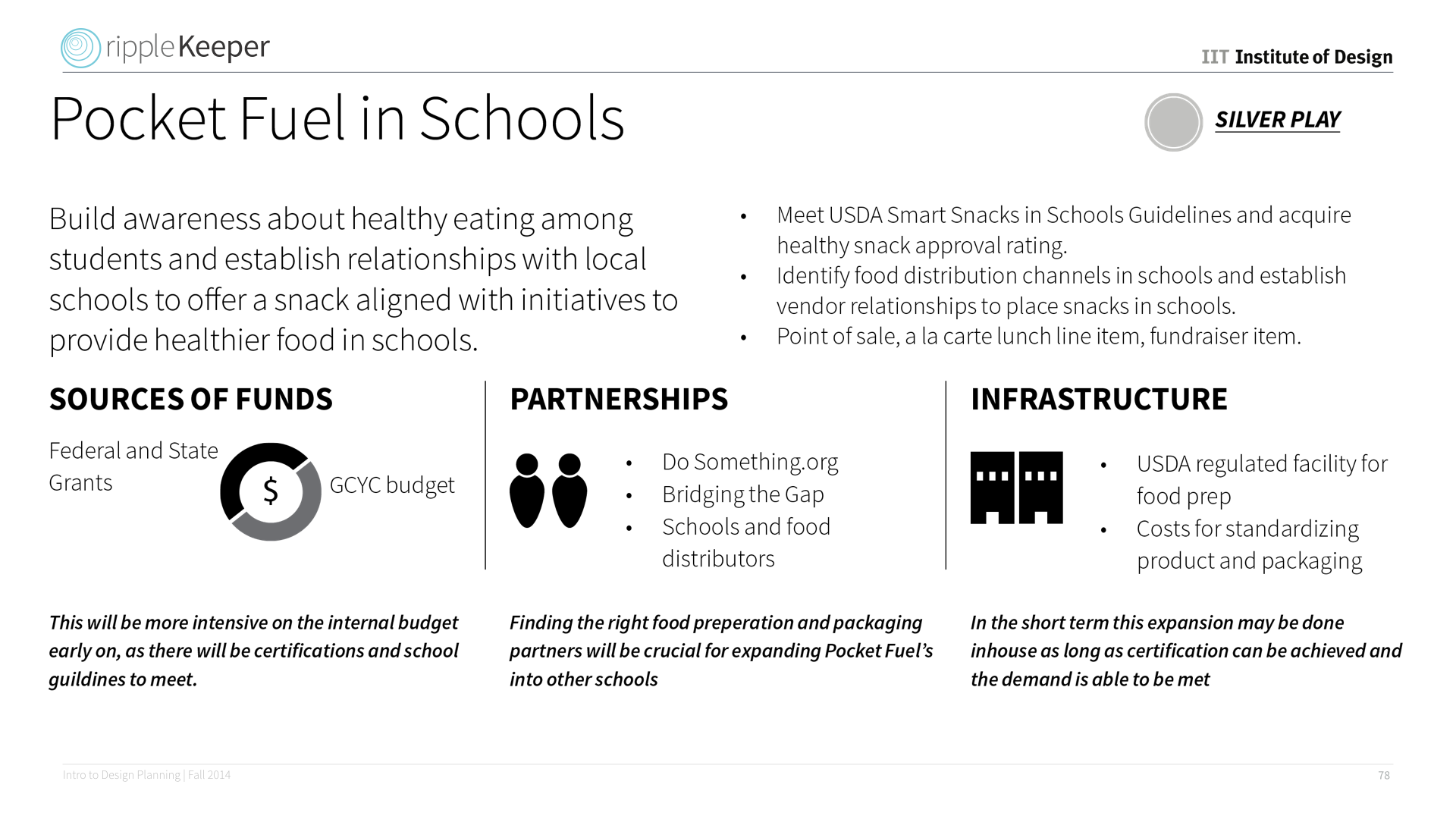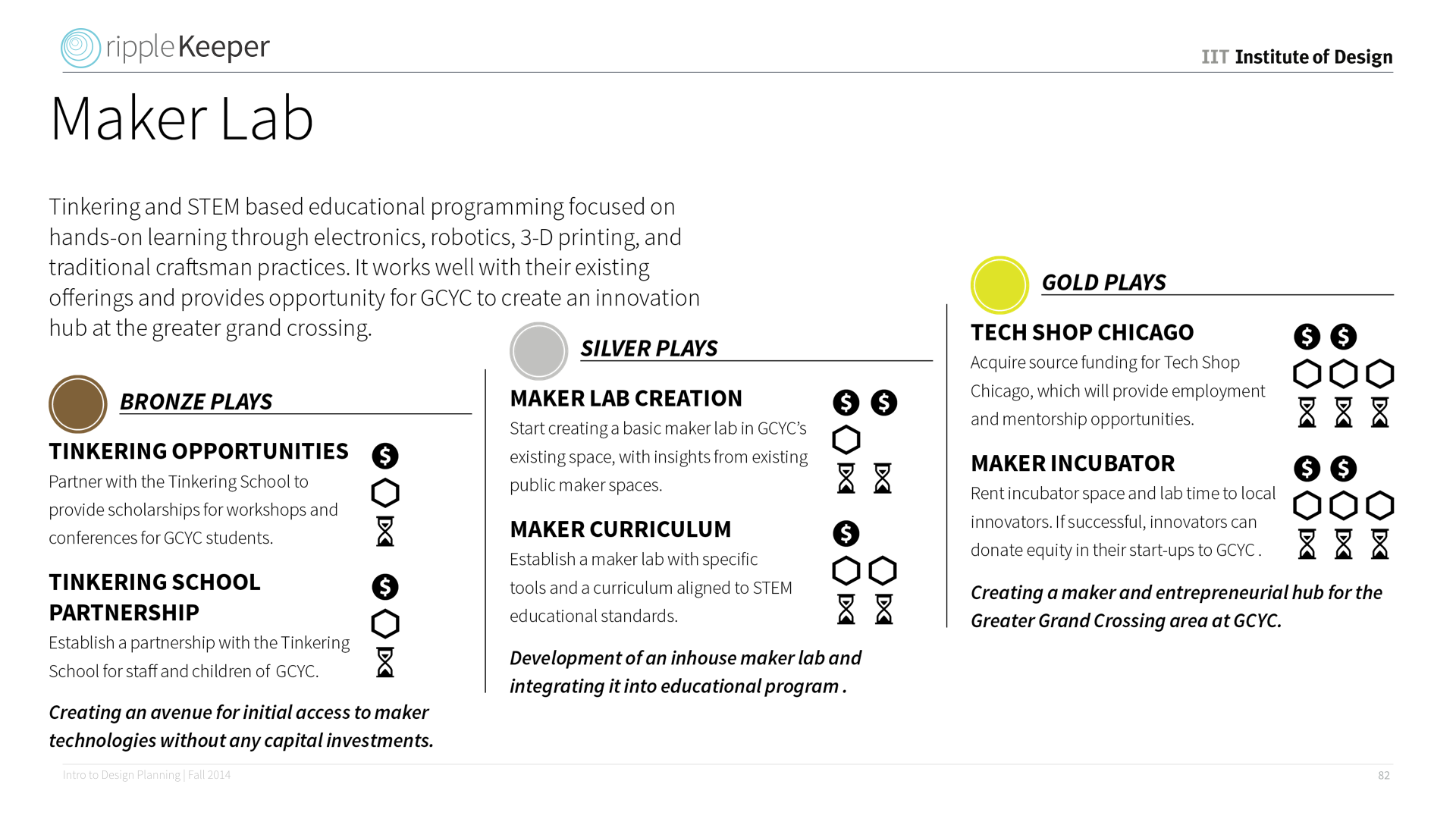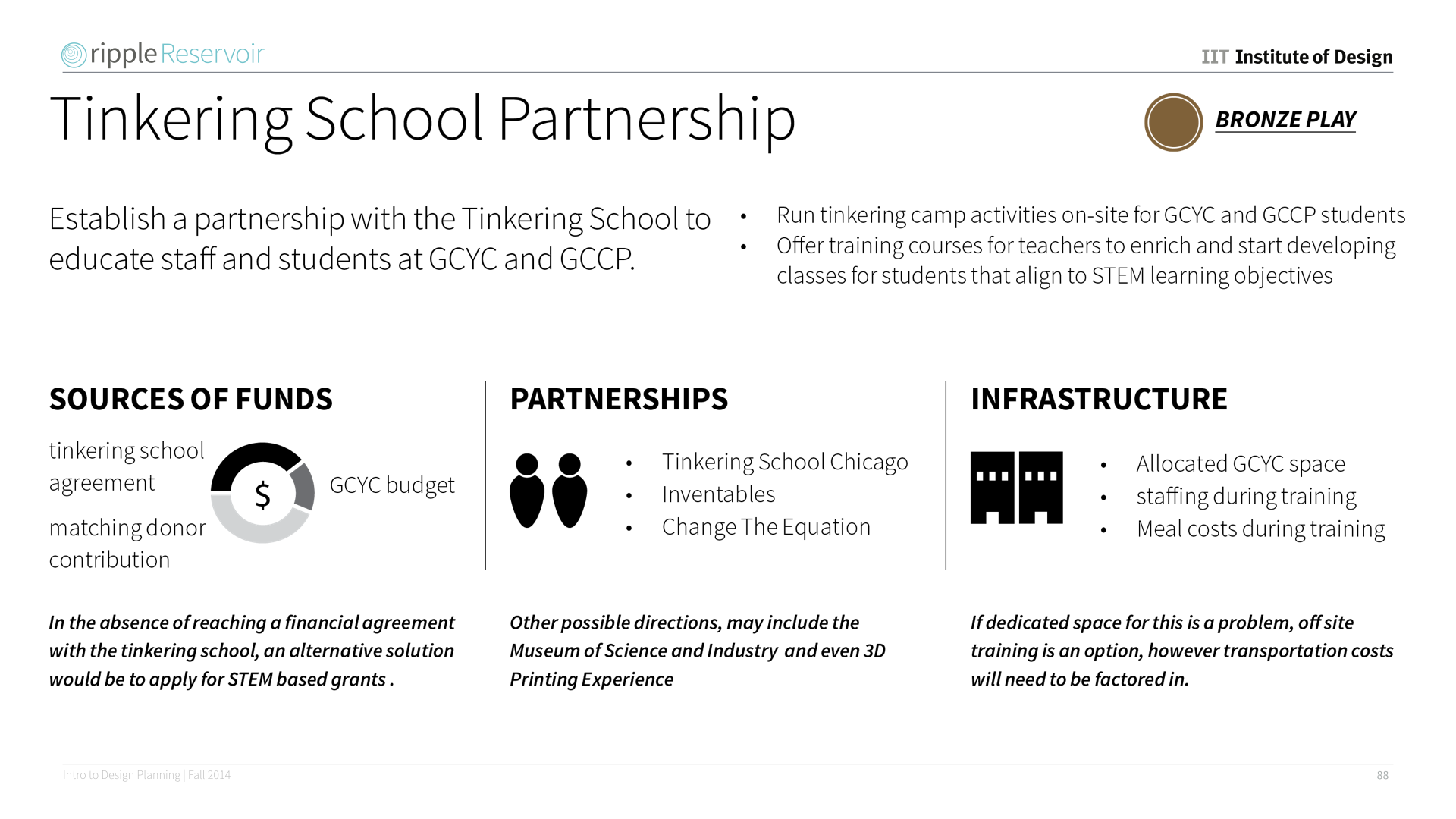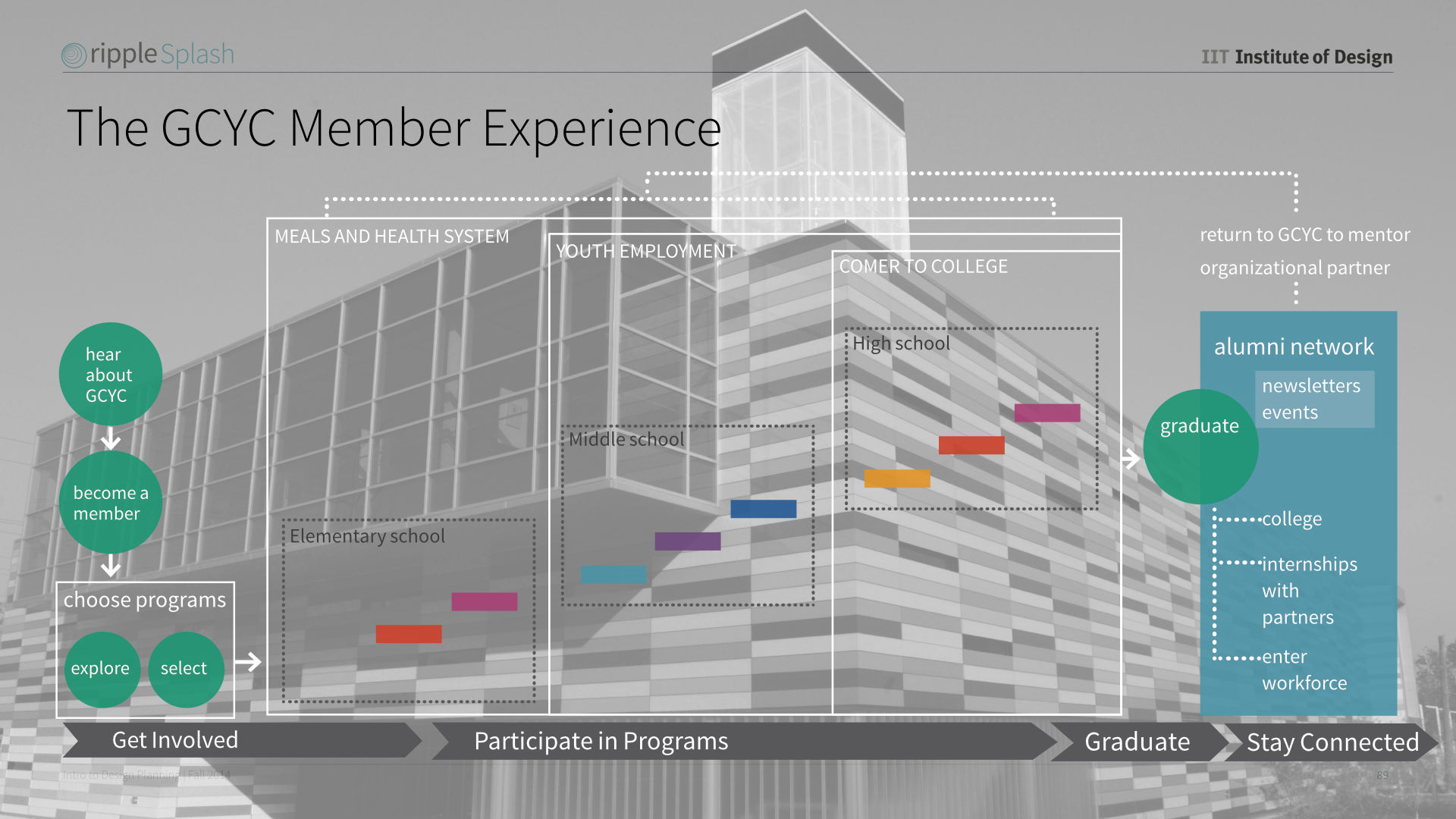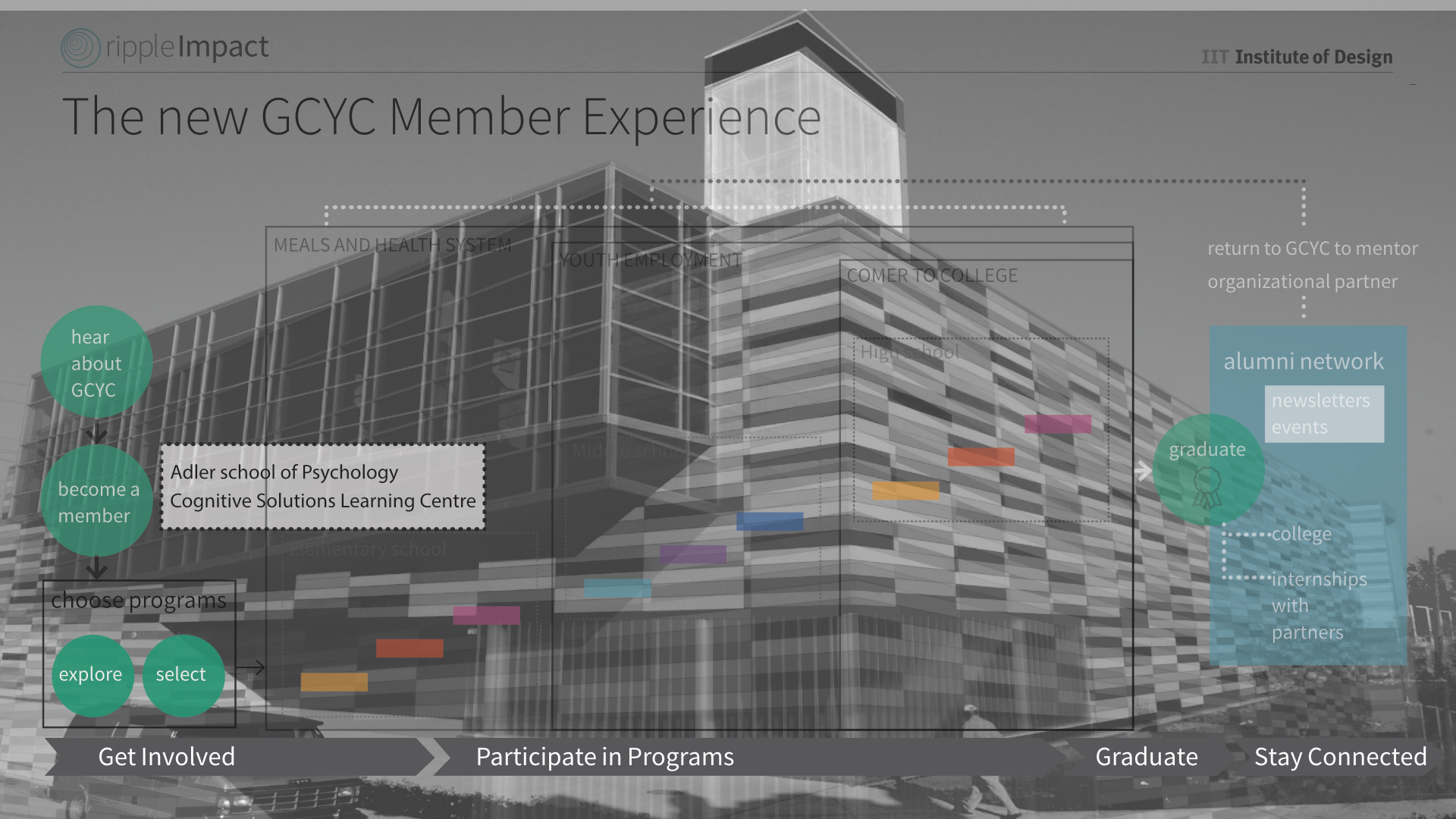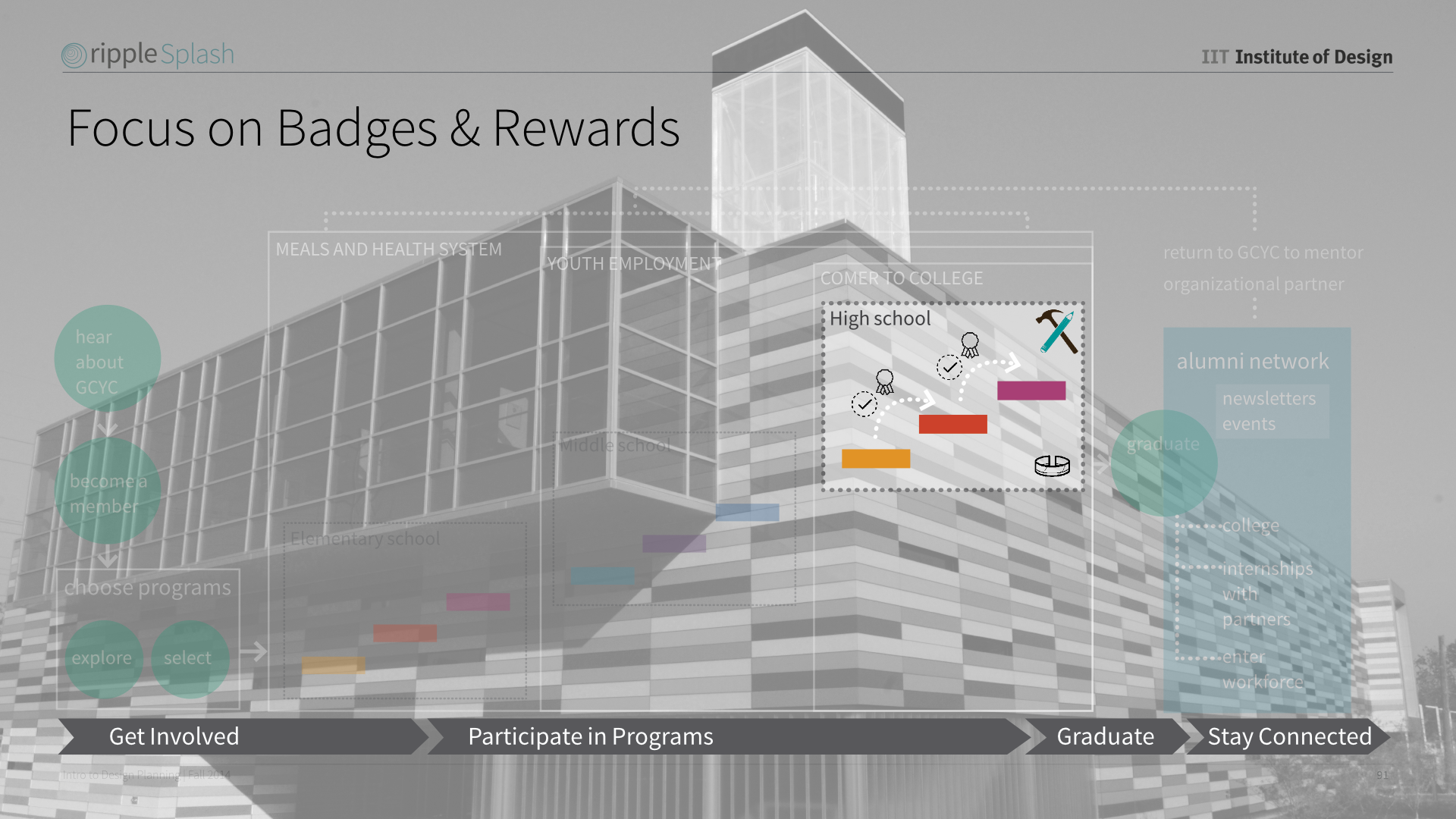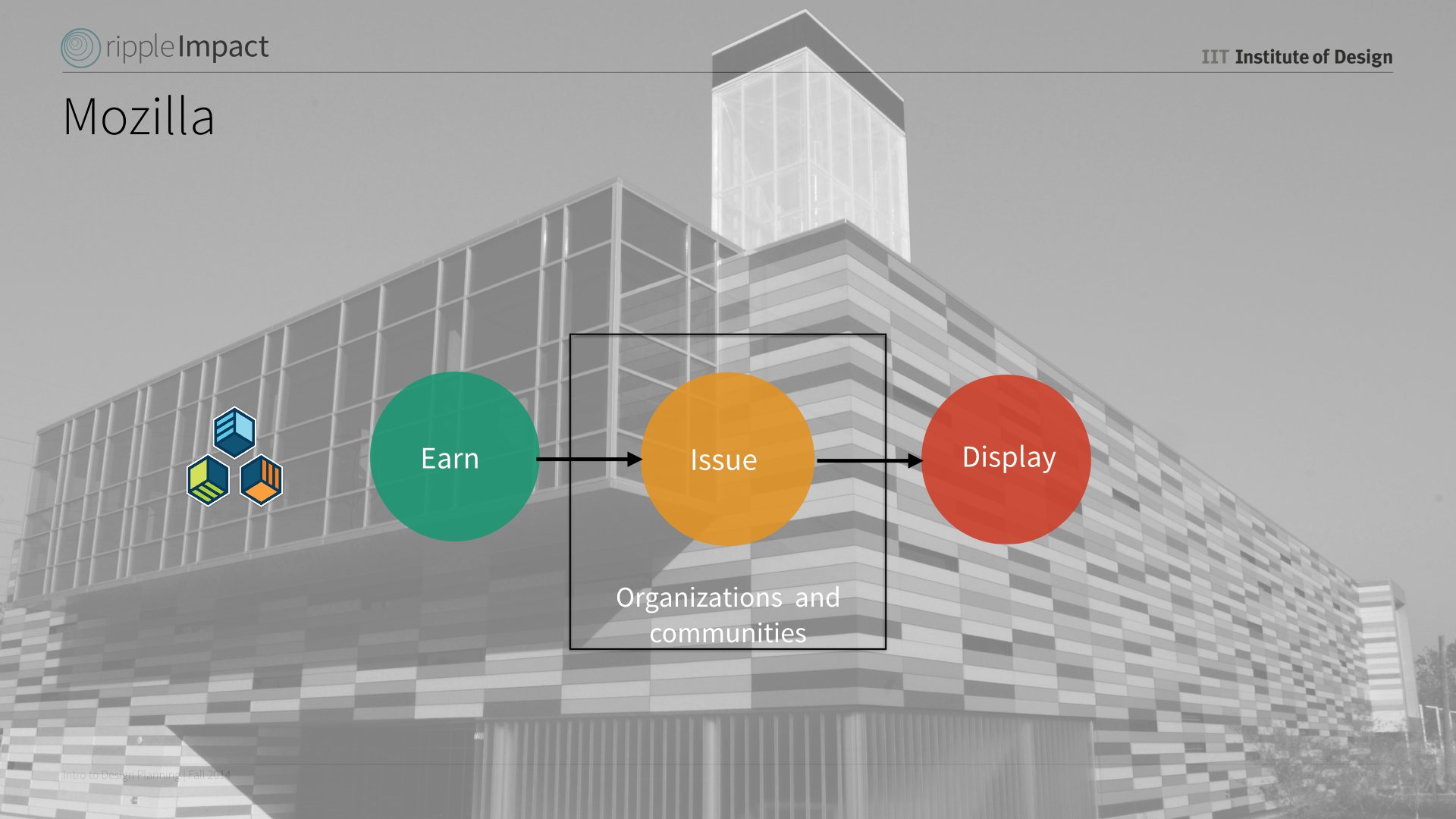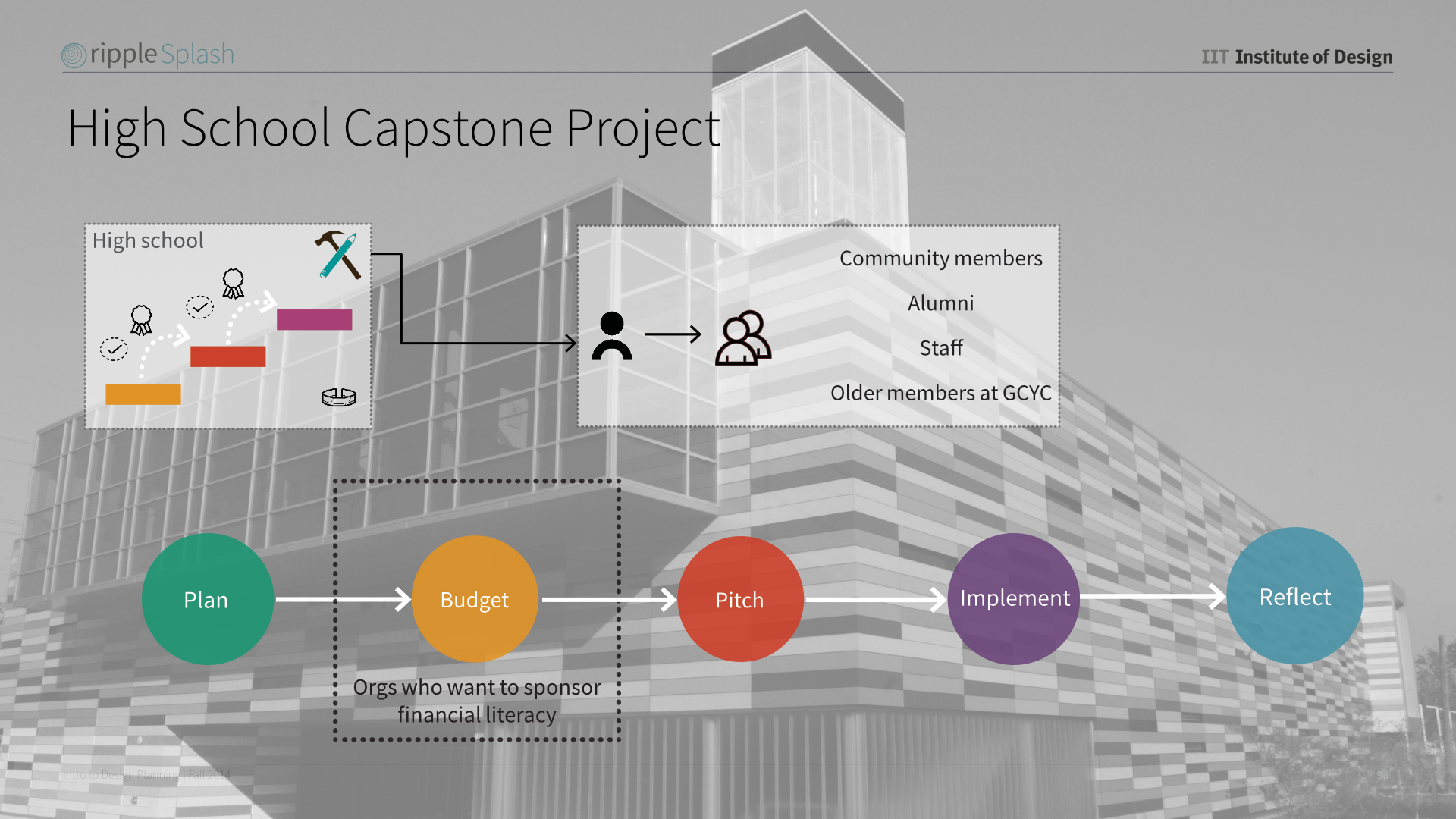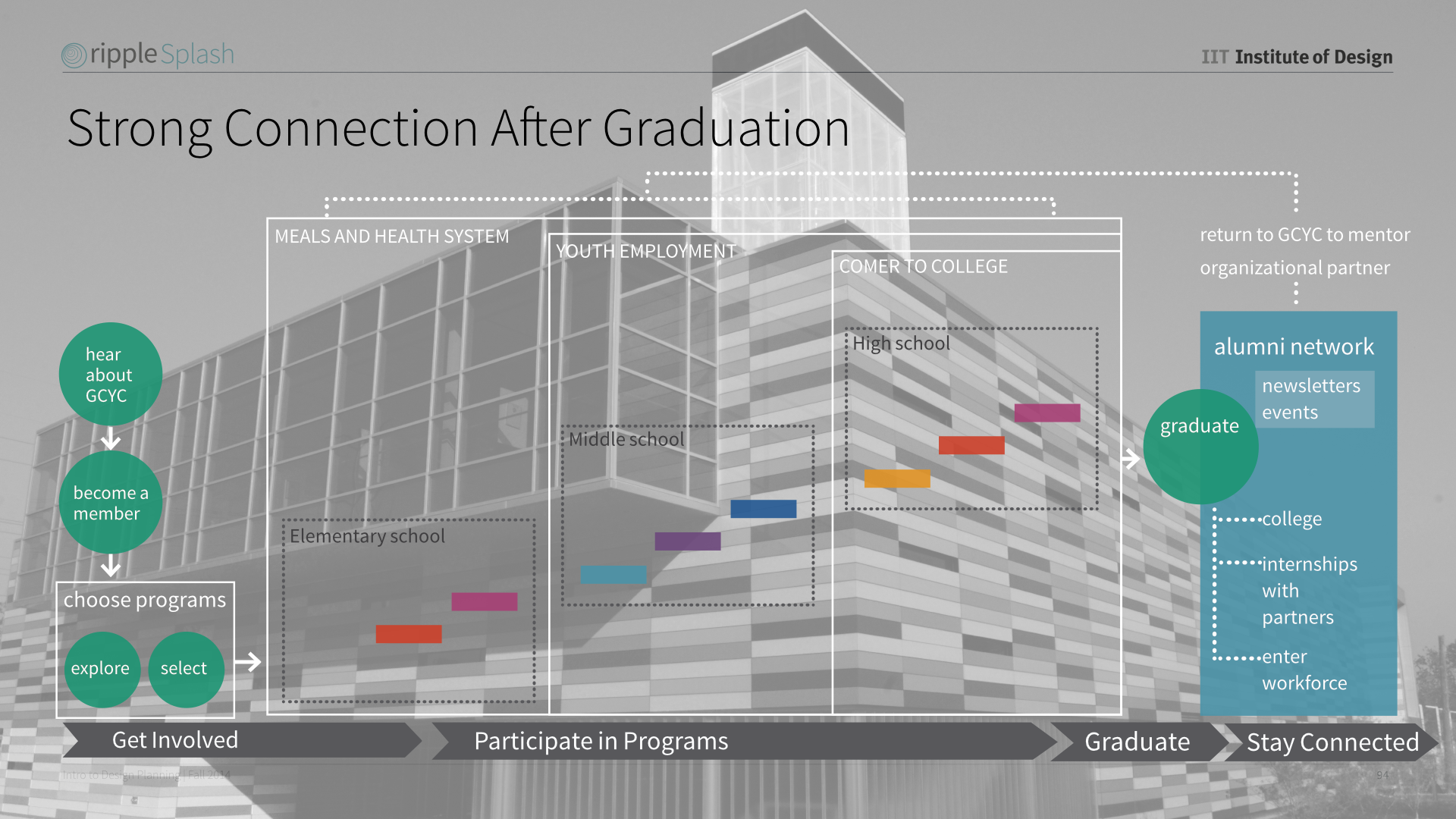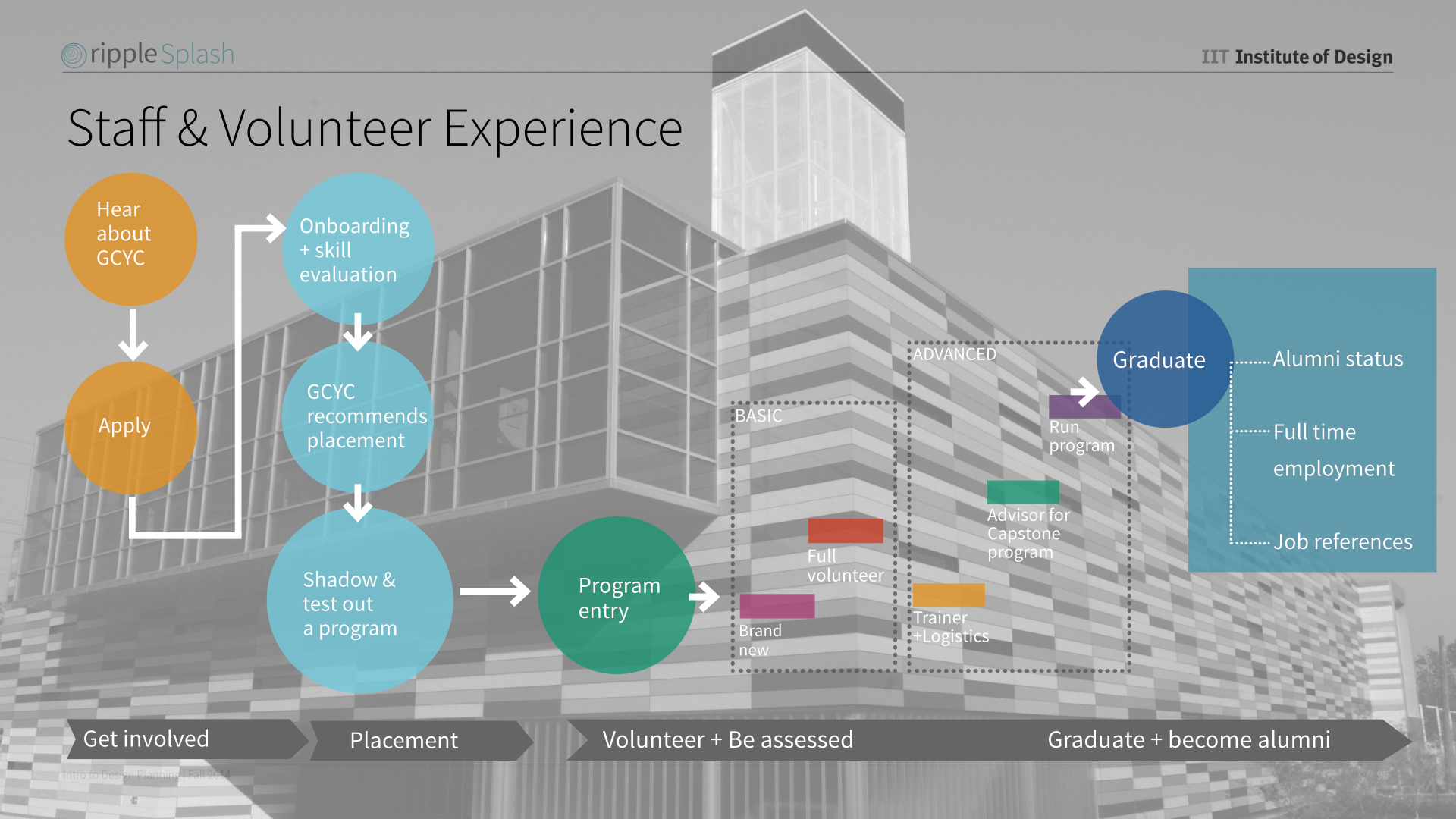One of the things I am most passionate about is education. It is one of the frontiers seemingly untouched by innovation in many decades. Specifically, the experiences that k-12 students have seems the most ripe for disruption. One of the aspects that I am most excited by is delivery methods.
The current paradigm for teaching students is the one to many model where a teacher stands at the front of the class and teaches many students at once. One of the largest problems with this model is that every teacher expends the energy to create content. They must make the material interesting and fun in order to engage students. This is why I'm excited by a new breed of online videos that bridge the gap between dry subject material (textbooks) and pure entertainment.
In the chart above, there is a real opportunity in the area of simplified academic overviews and approachable online educational videos. So far there are only a few great creators on the web. These are SmarterEveryDay, Numberphile, Vihart, Periodic Videos, TheBrainScoop, EngineerGuy, Sixty Symbols, Bite Size Psych, Minute Physics, and a few others. Several of these are actually run by a single studio run by Brady Haran. These videos are either funded entirely by YouTube, Patreon, Subbable, Audible, museums/institutions, or individual sponsors.
The power of these kinds of videos is that they do not fall into the category of video lectures. Anybody who has tried to make it through a lecture series online knows the pain, level of endurance, and motivation that it requires to make it through a single video. This is why most Massive Open Online Courses (MOOCS) tend to fail in their objectives. They only target the most educated and most driven people (and even in that demographic there is a sharp falloff from the first video to the last). So the people who could benefit most from the videos (underprivileged who do not have access to great teachers or role models) find the videos impossible to watch. Instead, these videos take complicated topics and make them relatable.
In this example, Destin Sandlin, the creator of Smarter Every Day, uses biology and thermodynamics to help people understand the tattoo removal process. The difference is that there is a narrative which uses science. The story makes things concrete and more relatable. The story comes first rather than the science coming first. This is an important distinction and one that should be replicated in the future. The point of these videos is not necessarily to teach at a deep level but to get viewers interested in the material in the first place.
I am also including a video by my favorite creator Bill Hammack, the Engineer Guy, who creates high production videos that explore the world of engineering and physics. I actually helped critique some aspects of this video and some changes were made between an earlier draft and this final publication.




